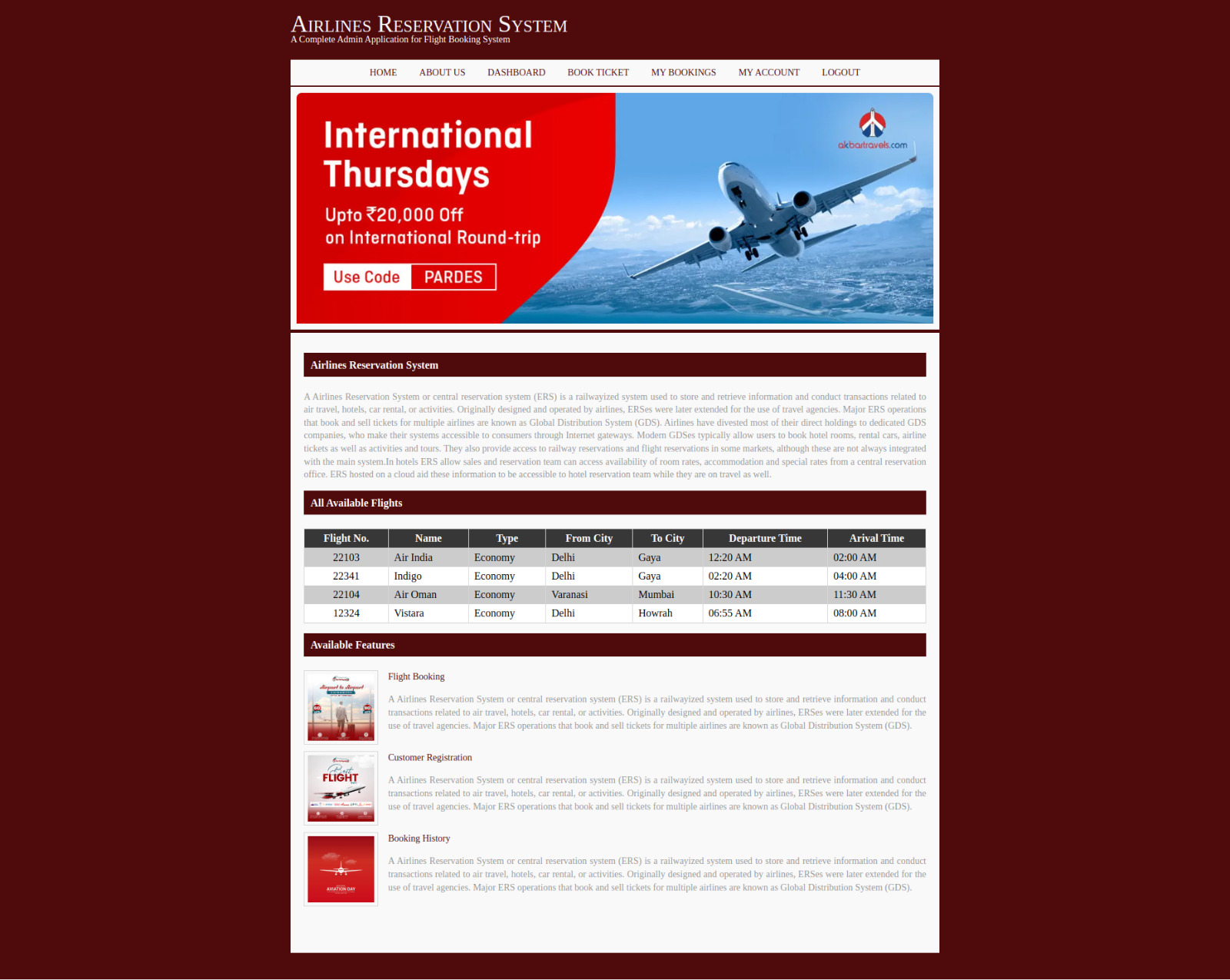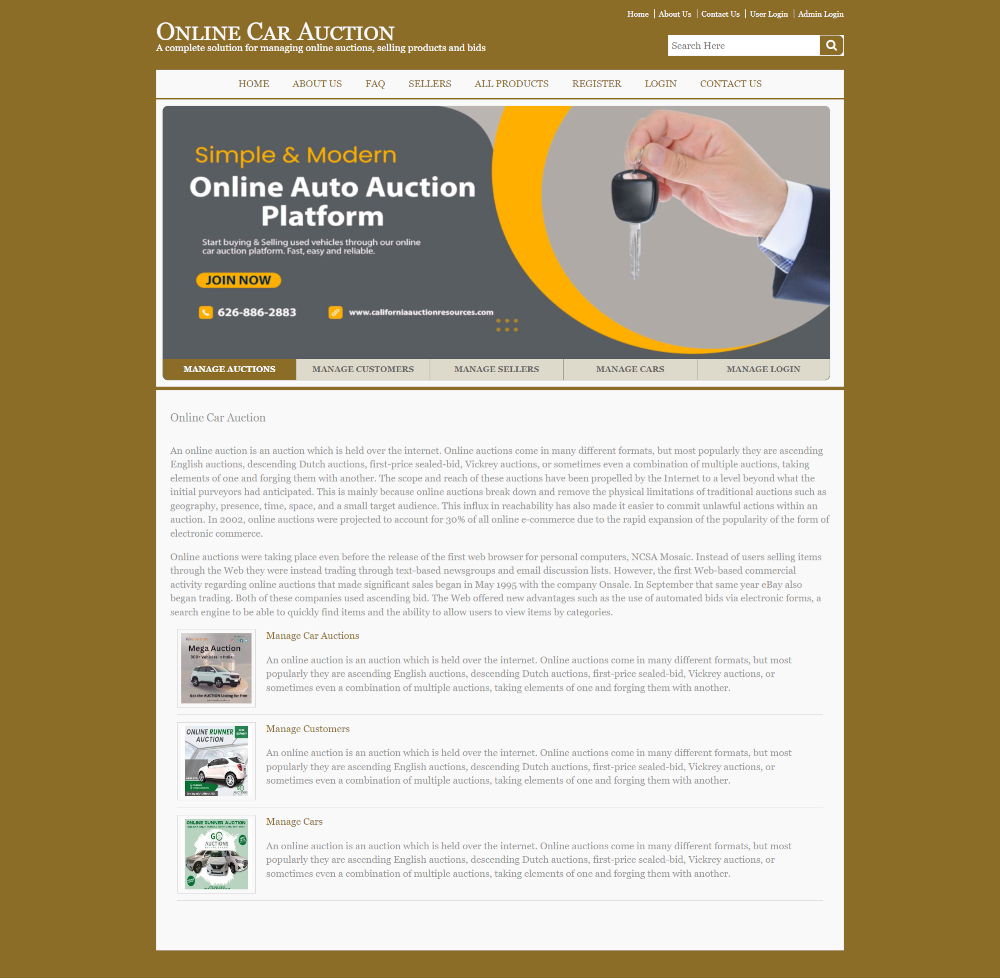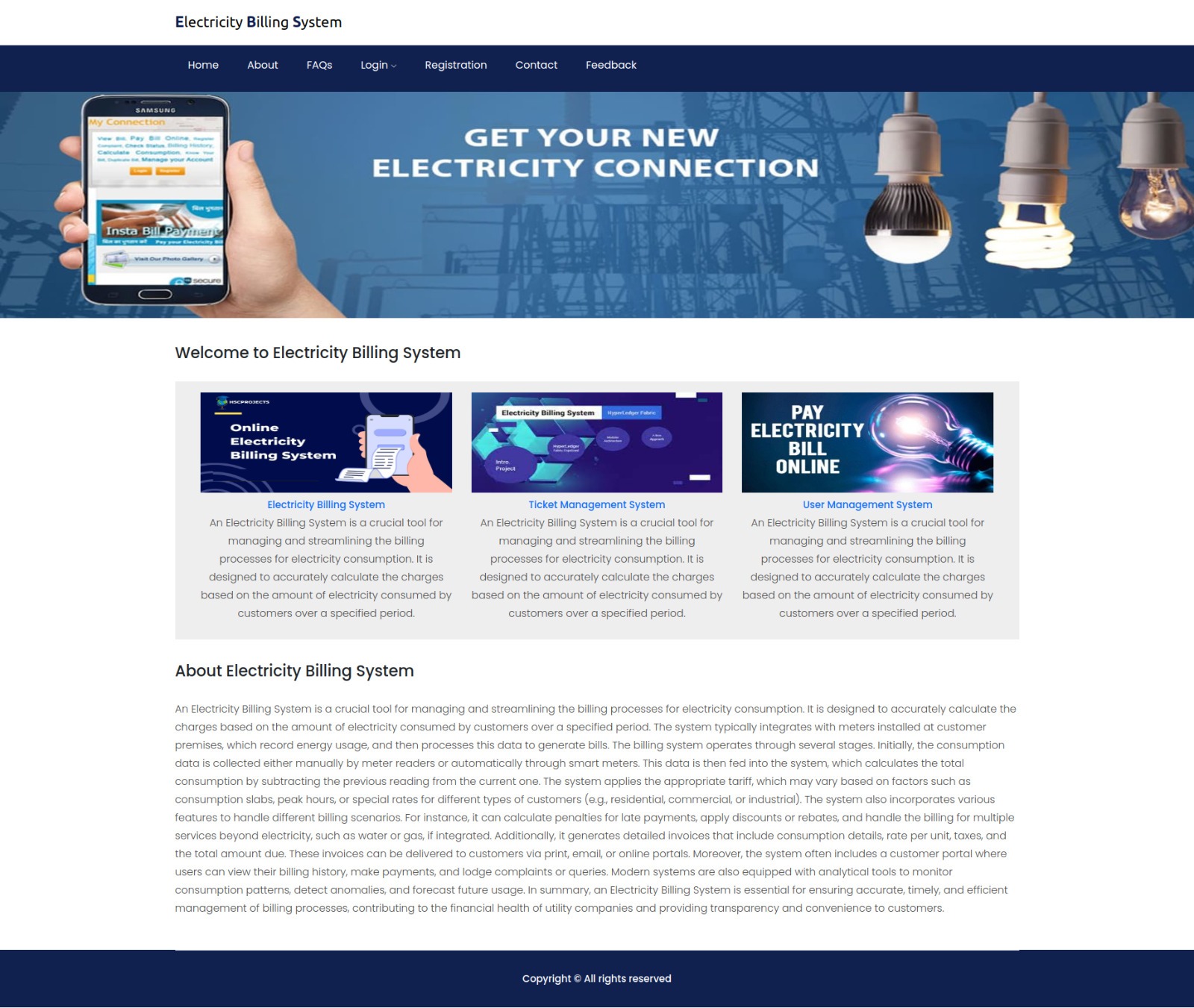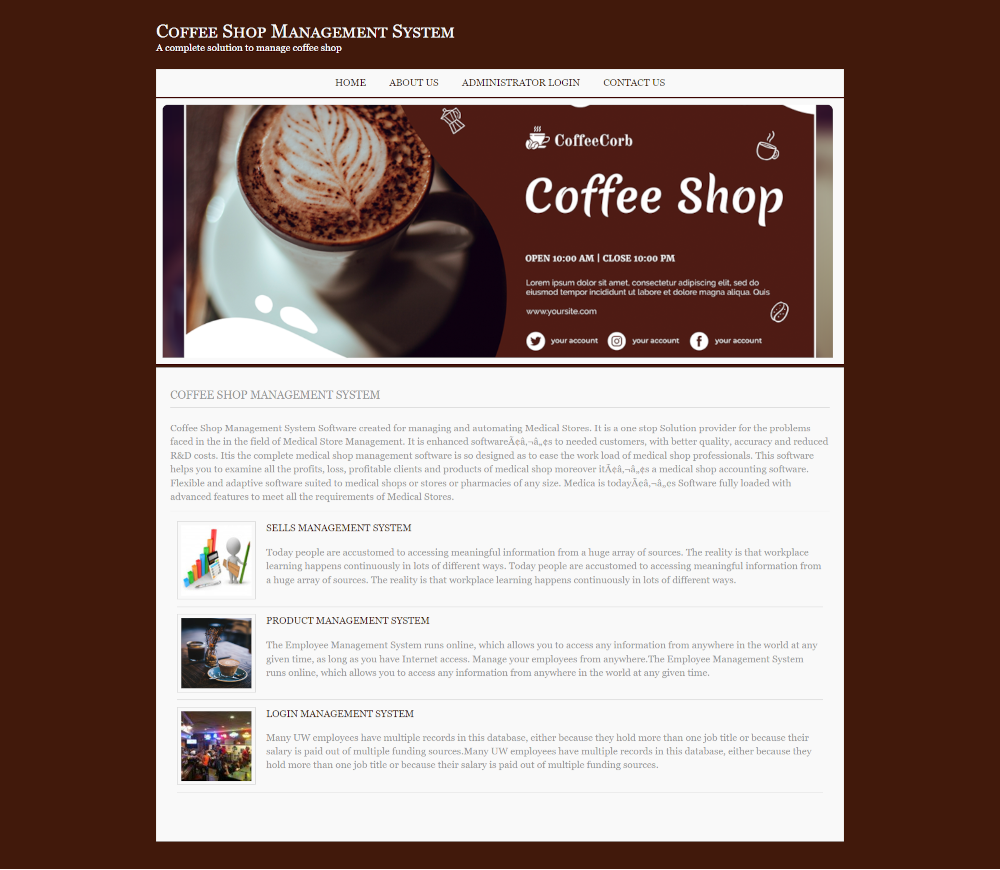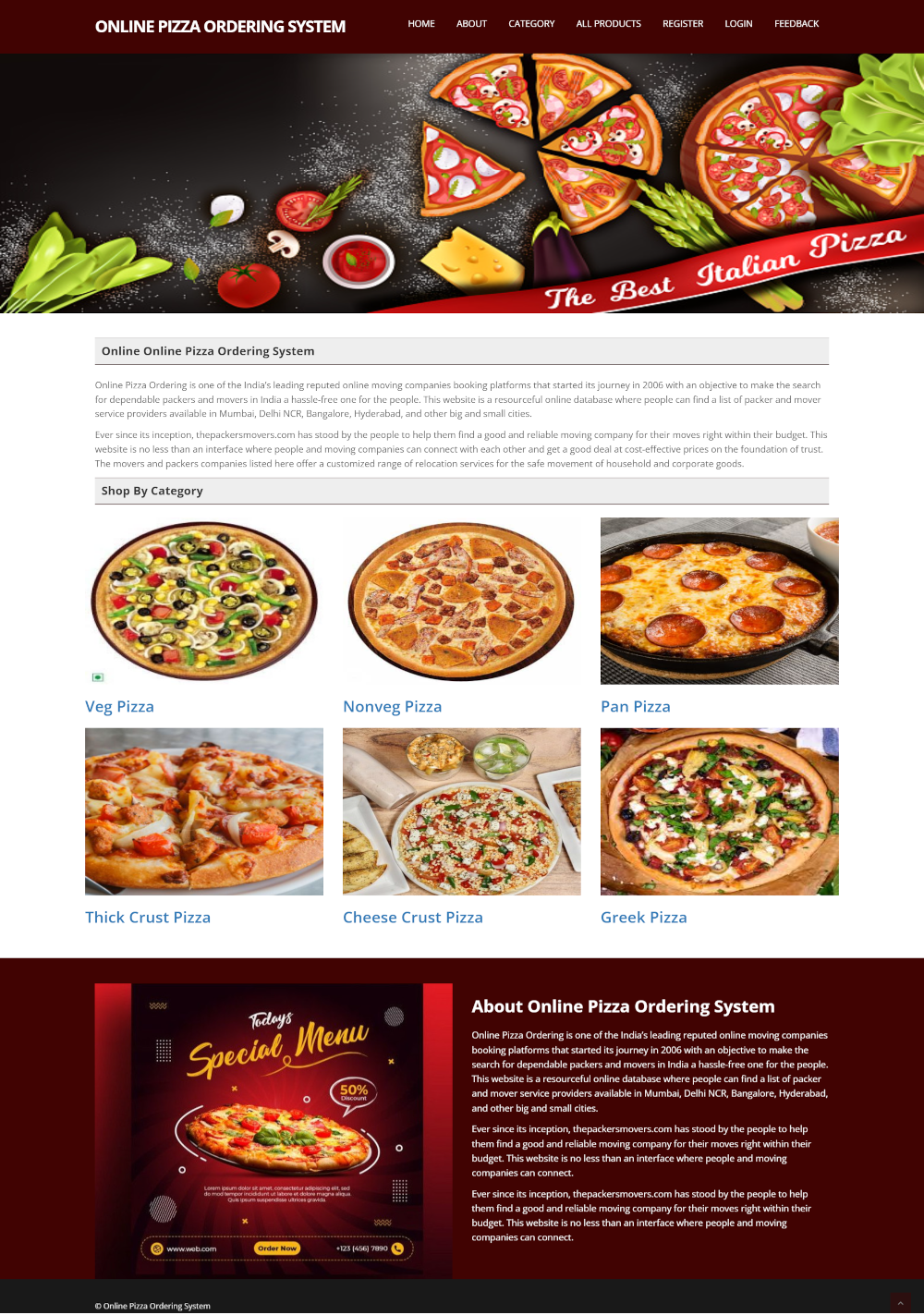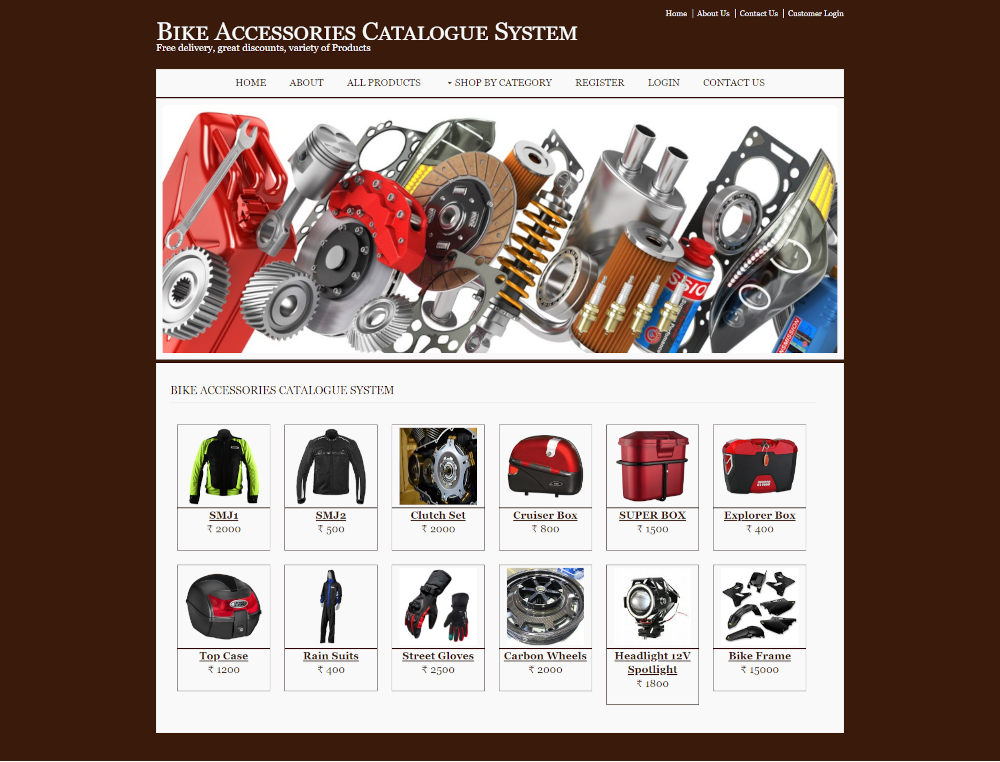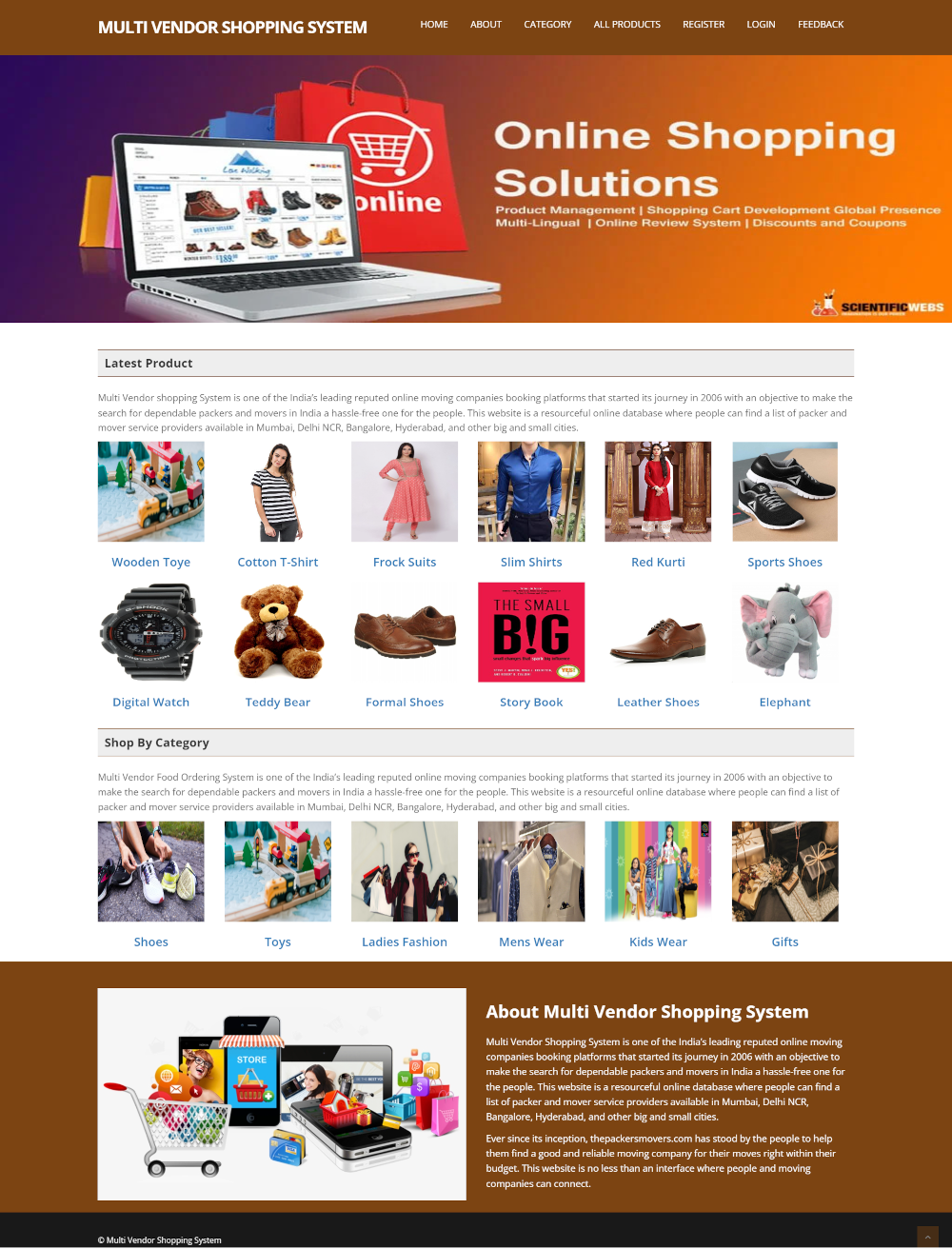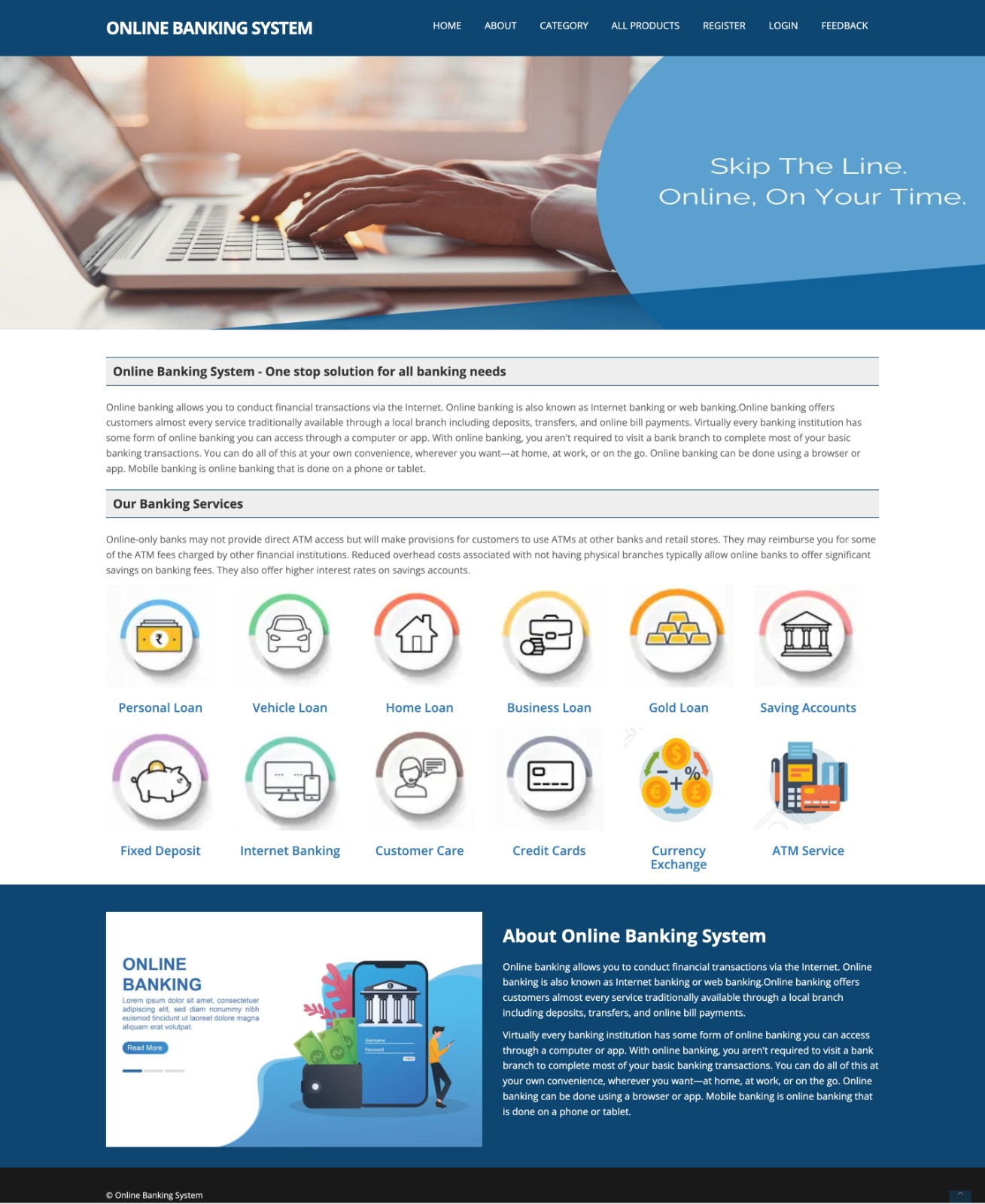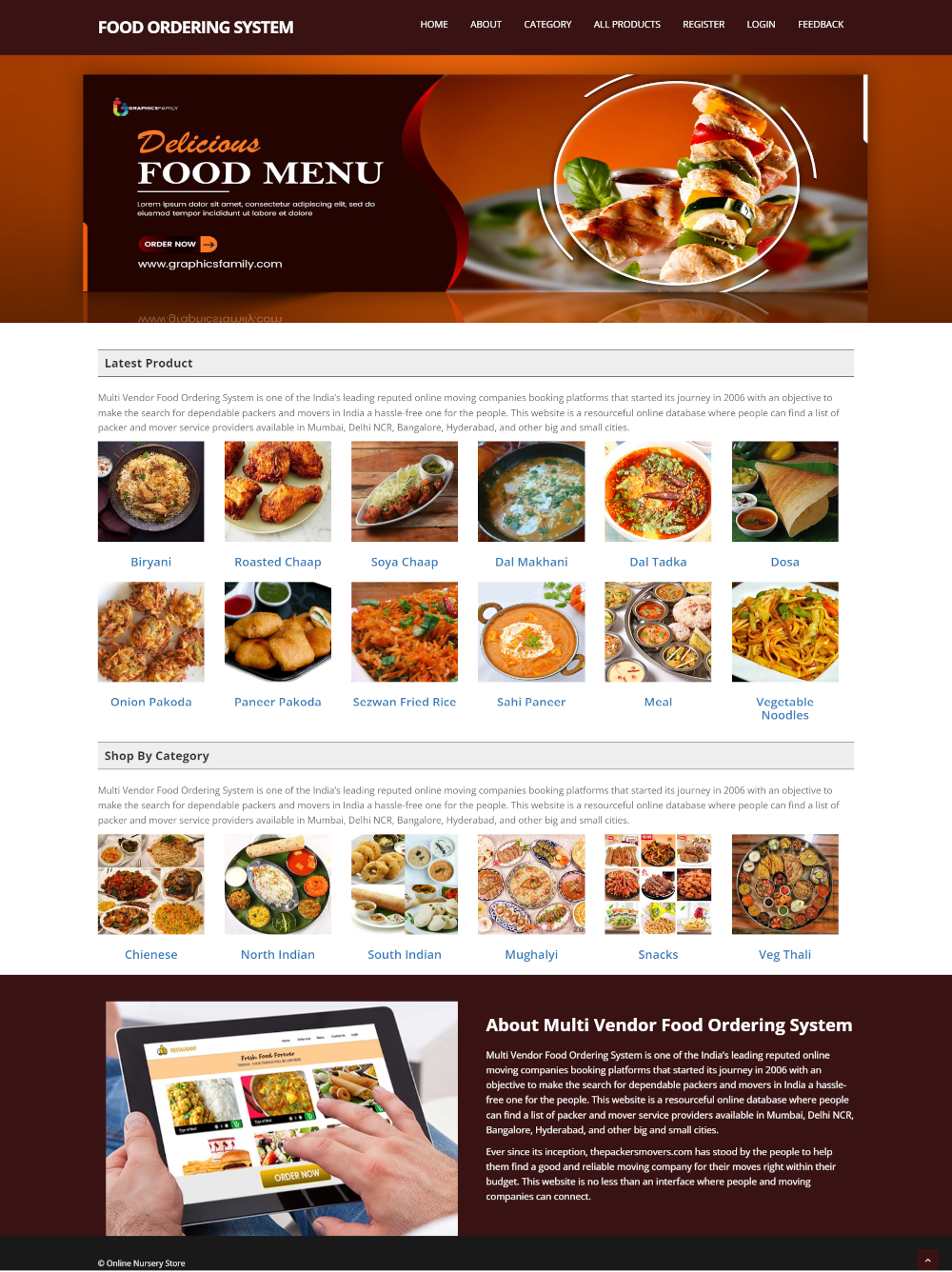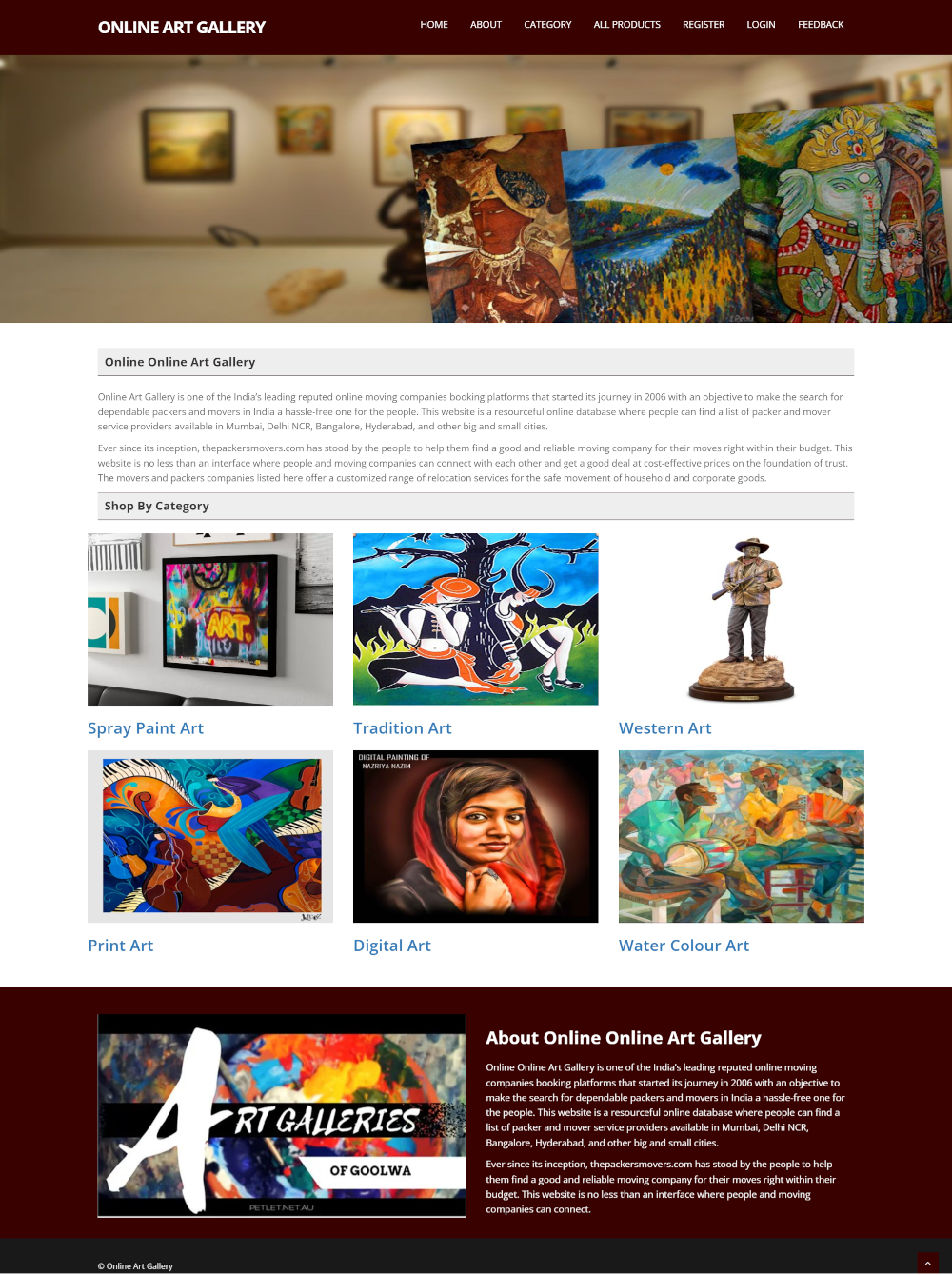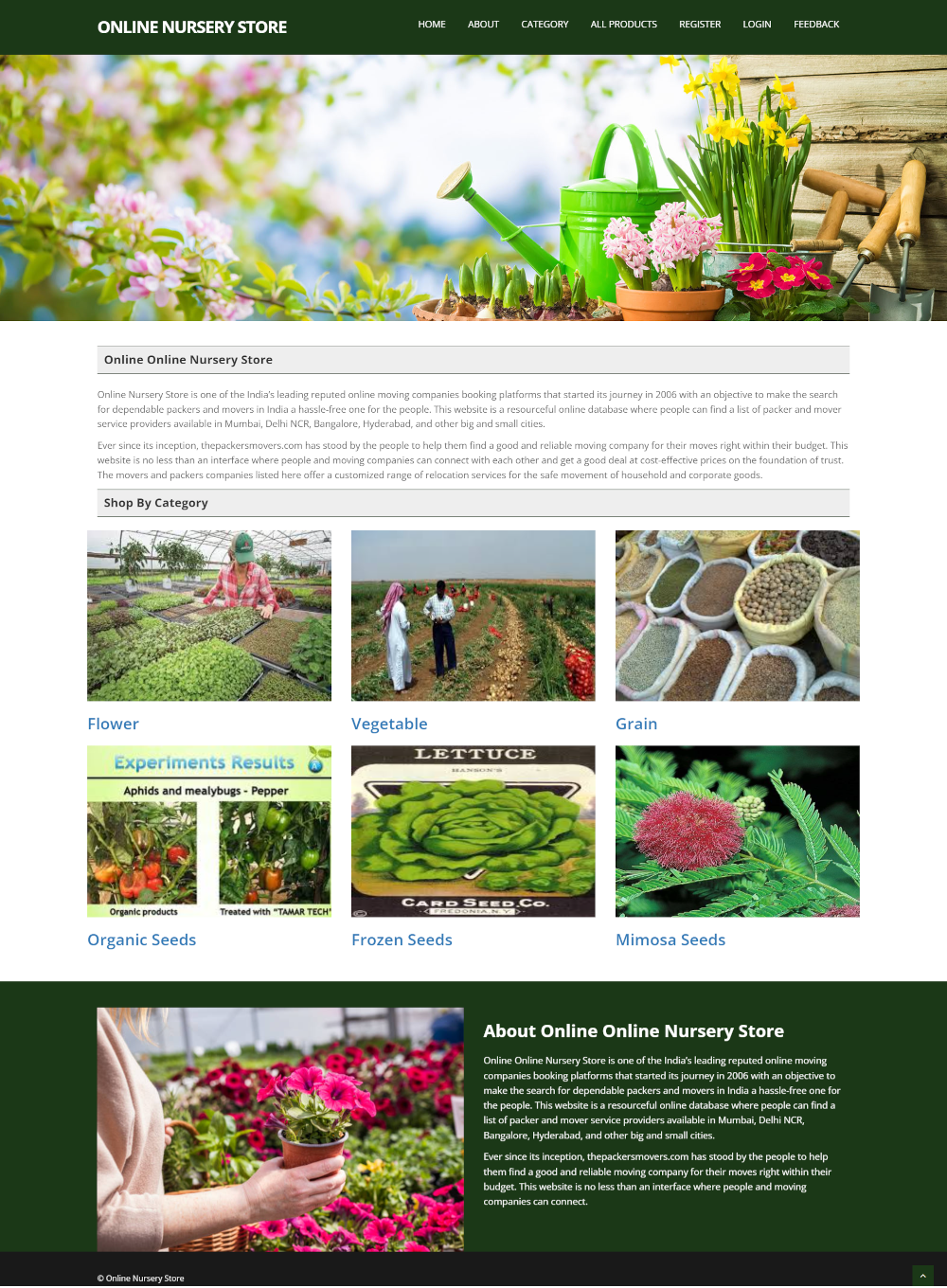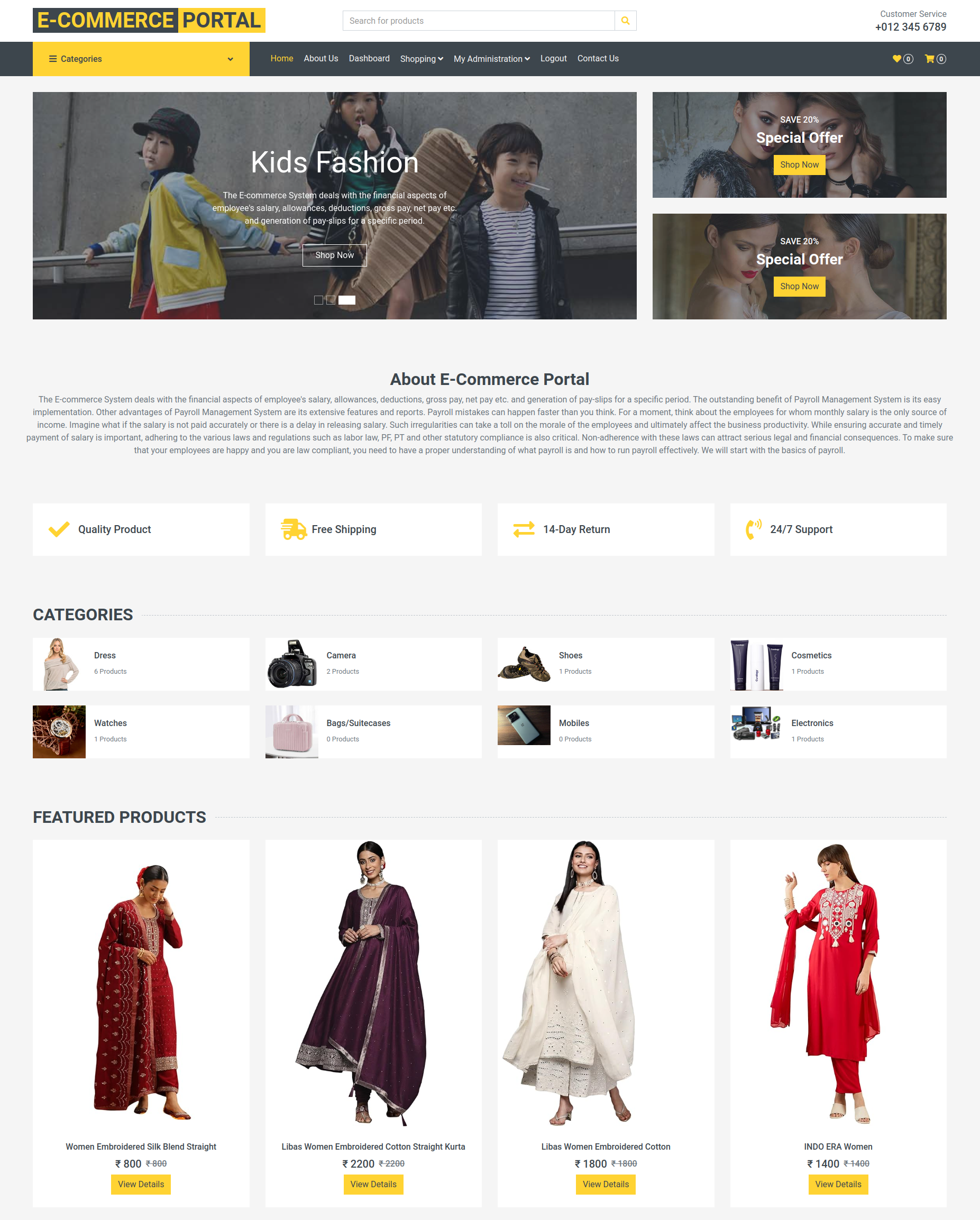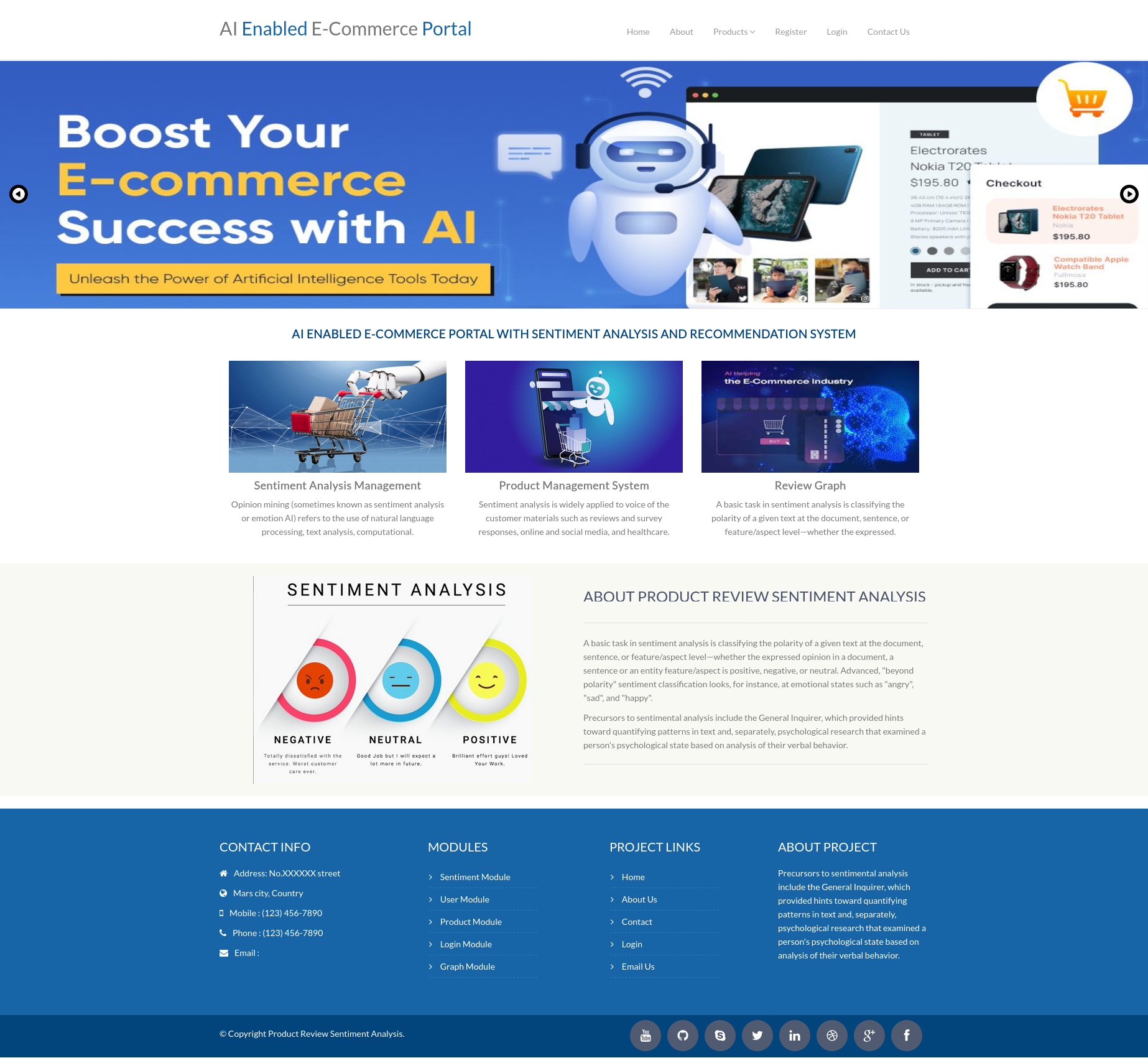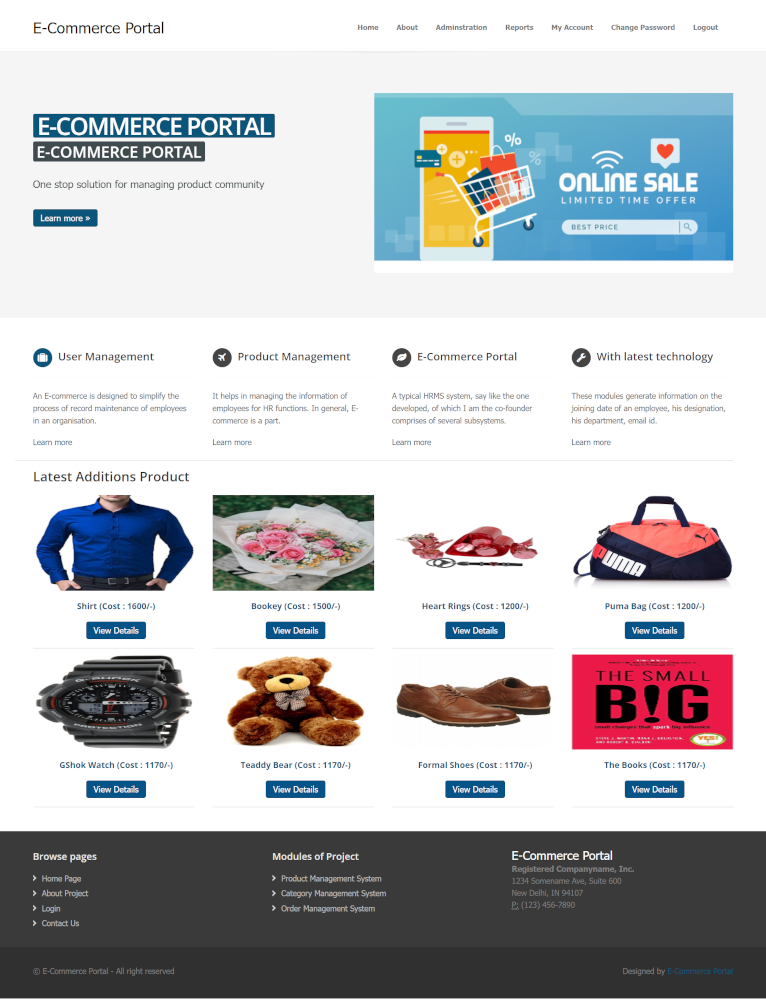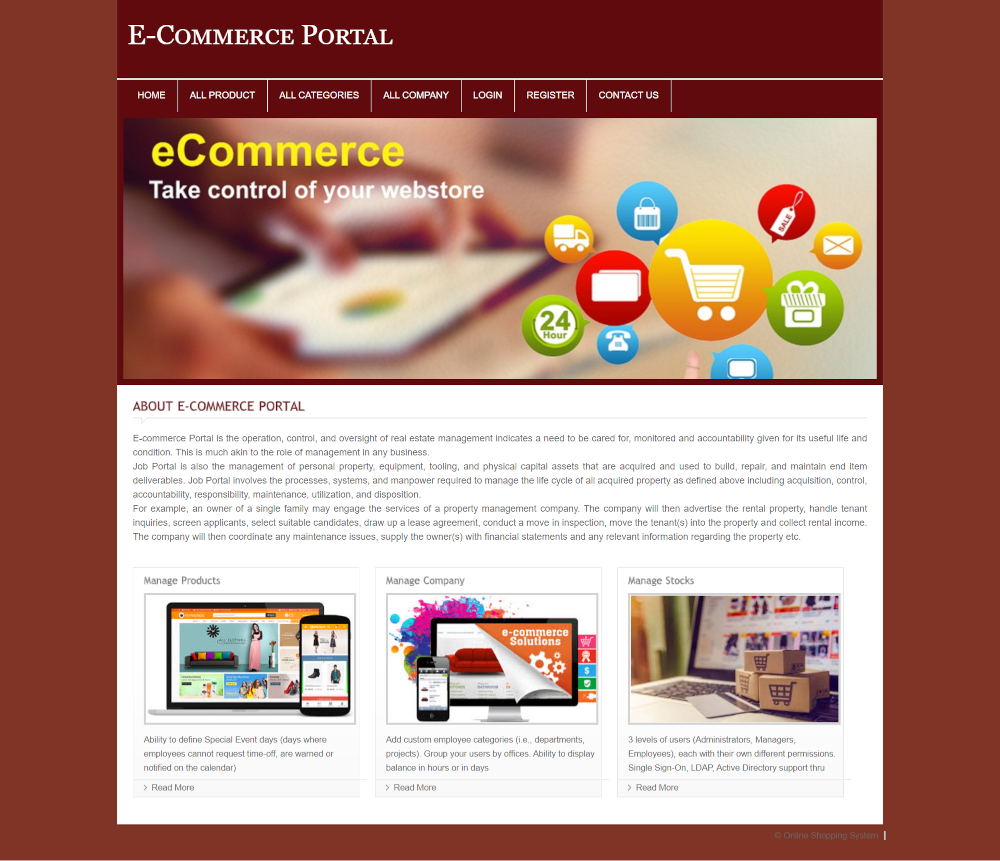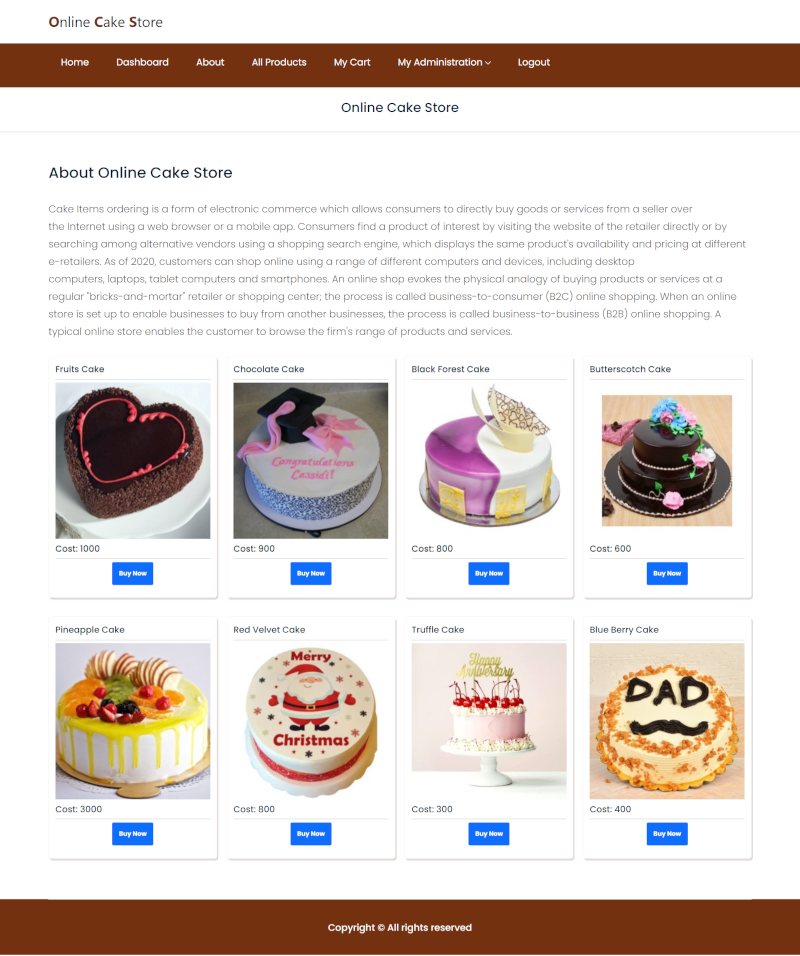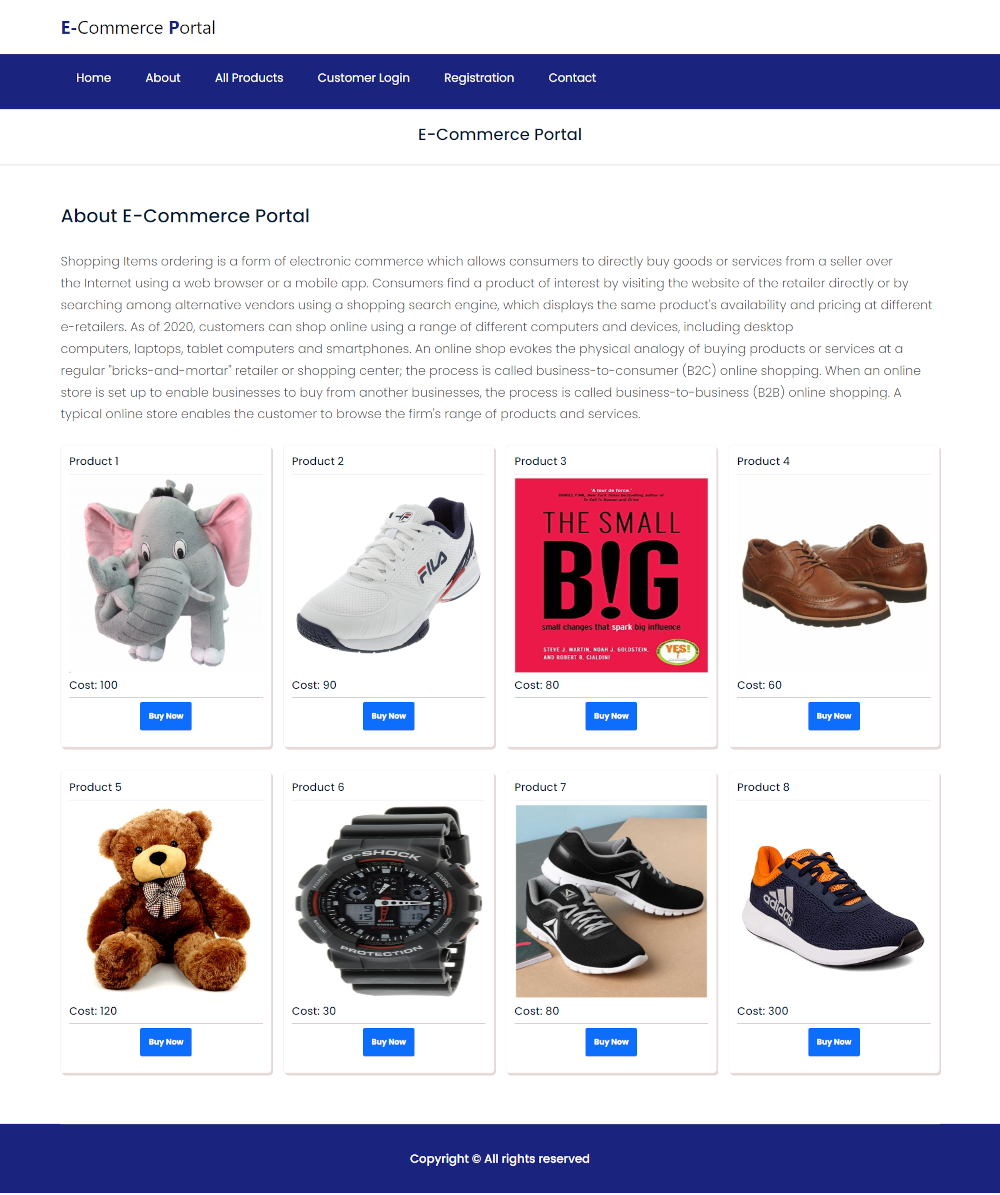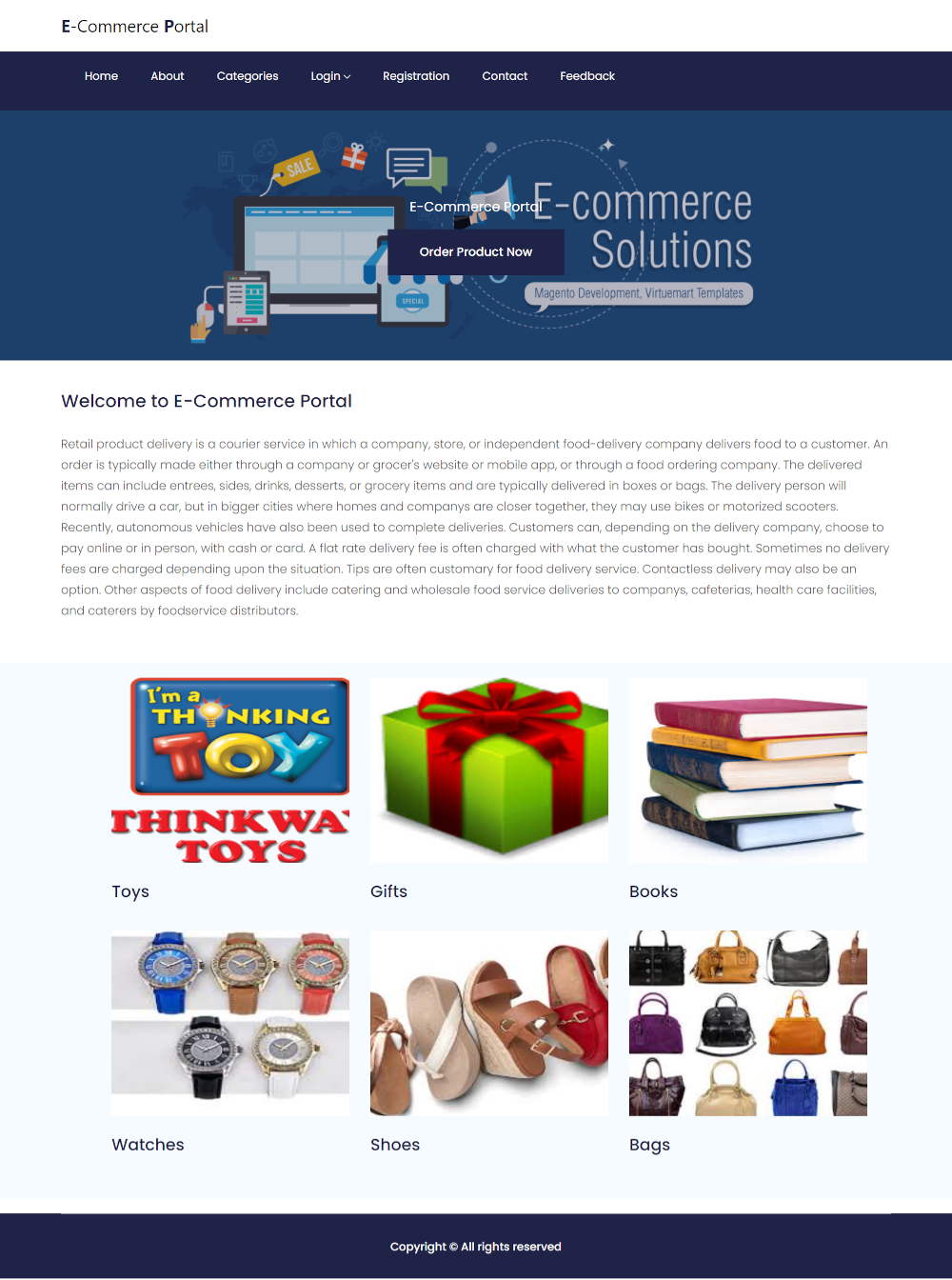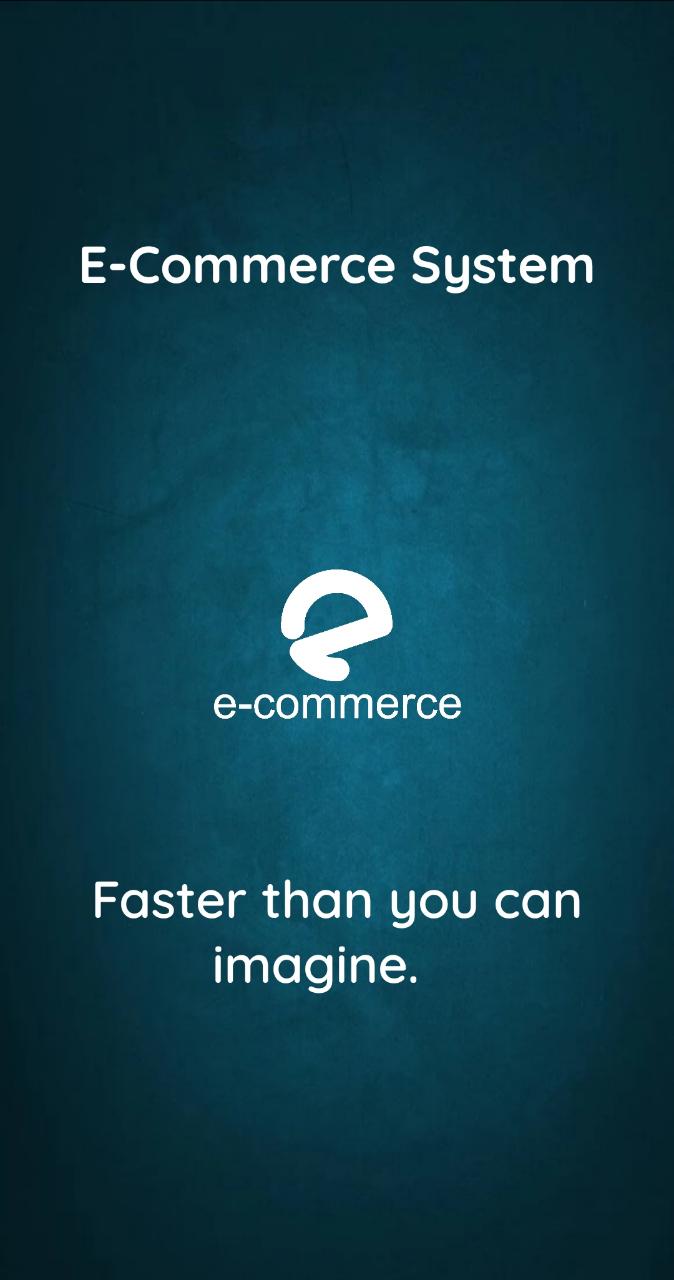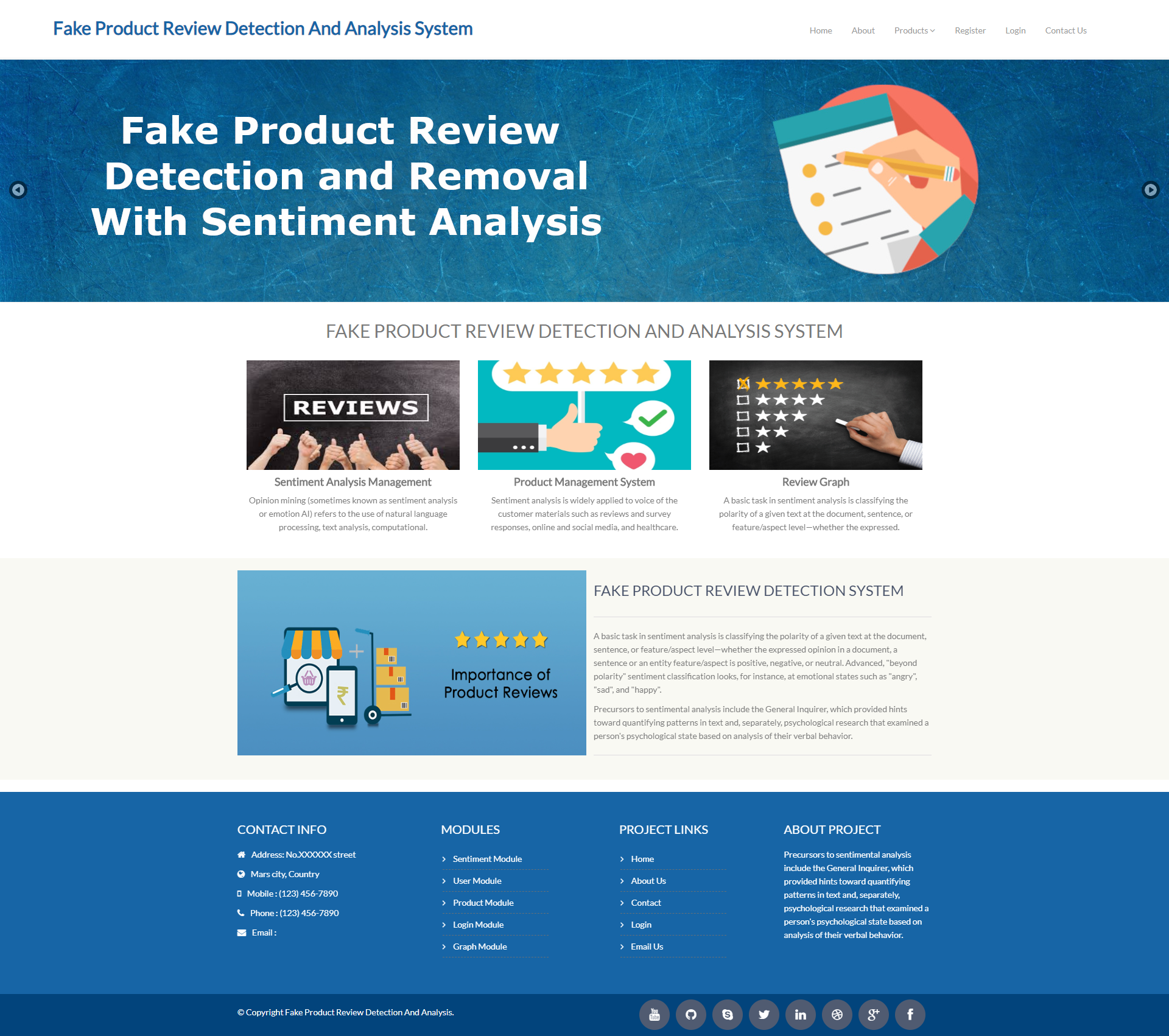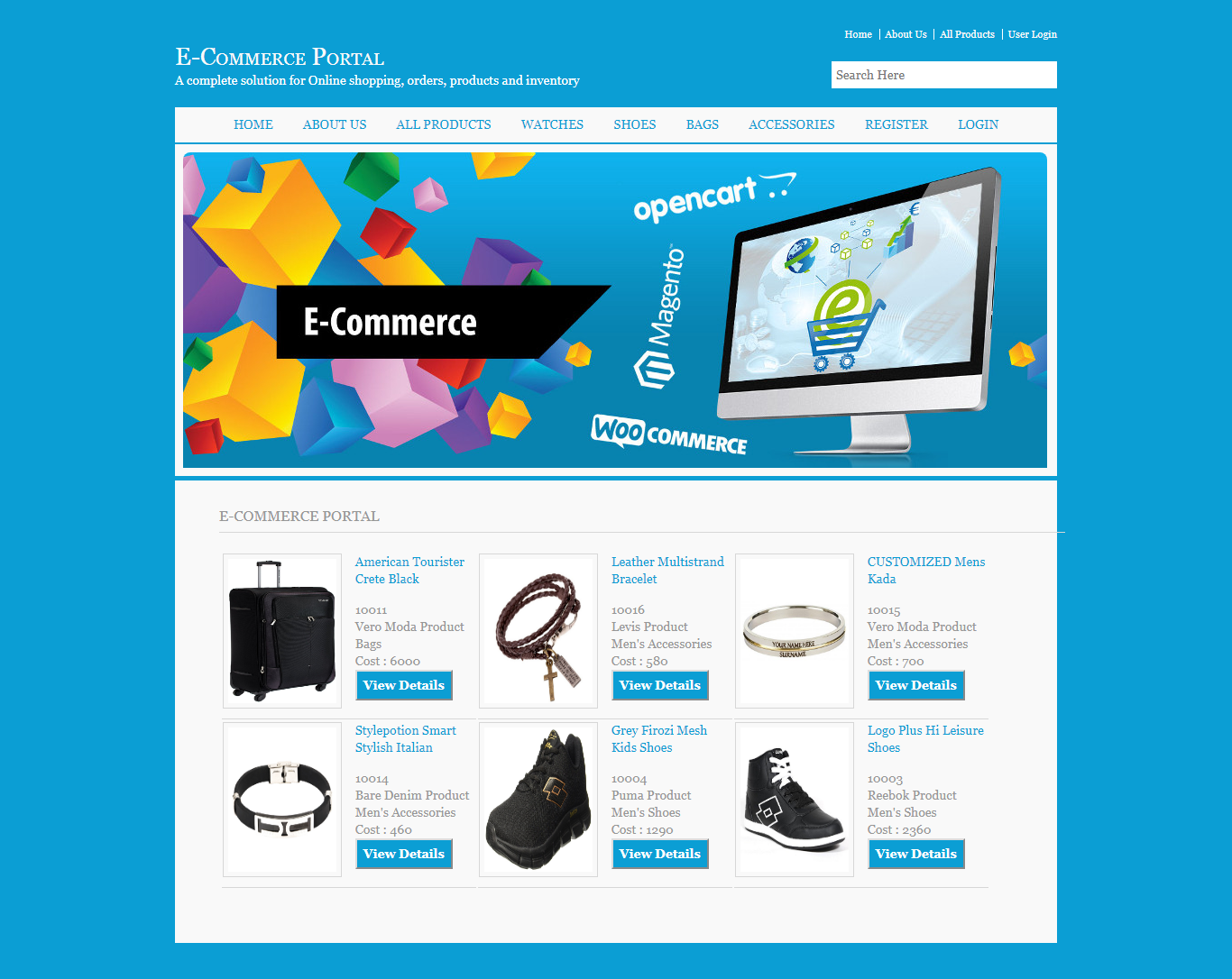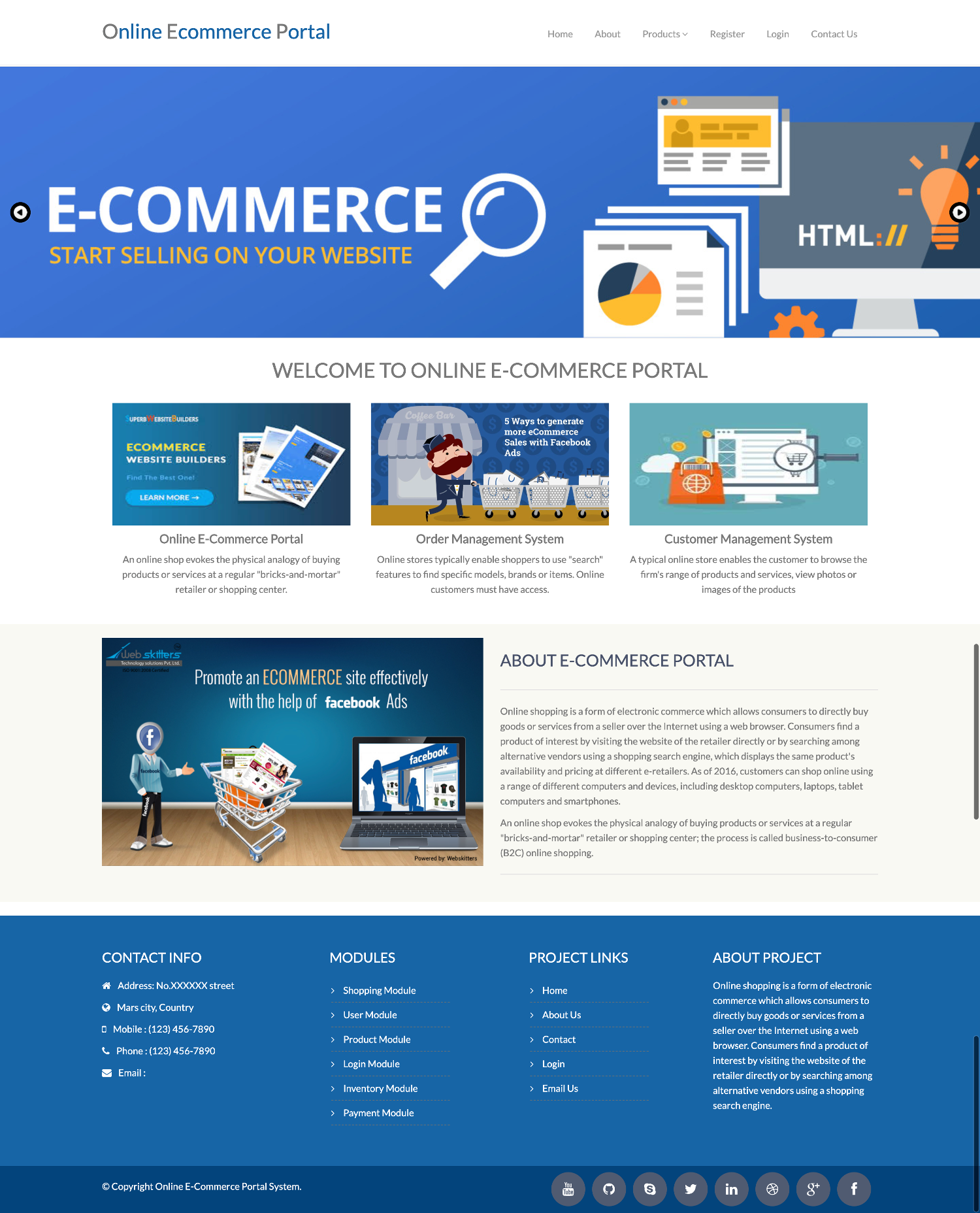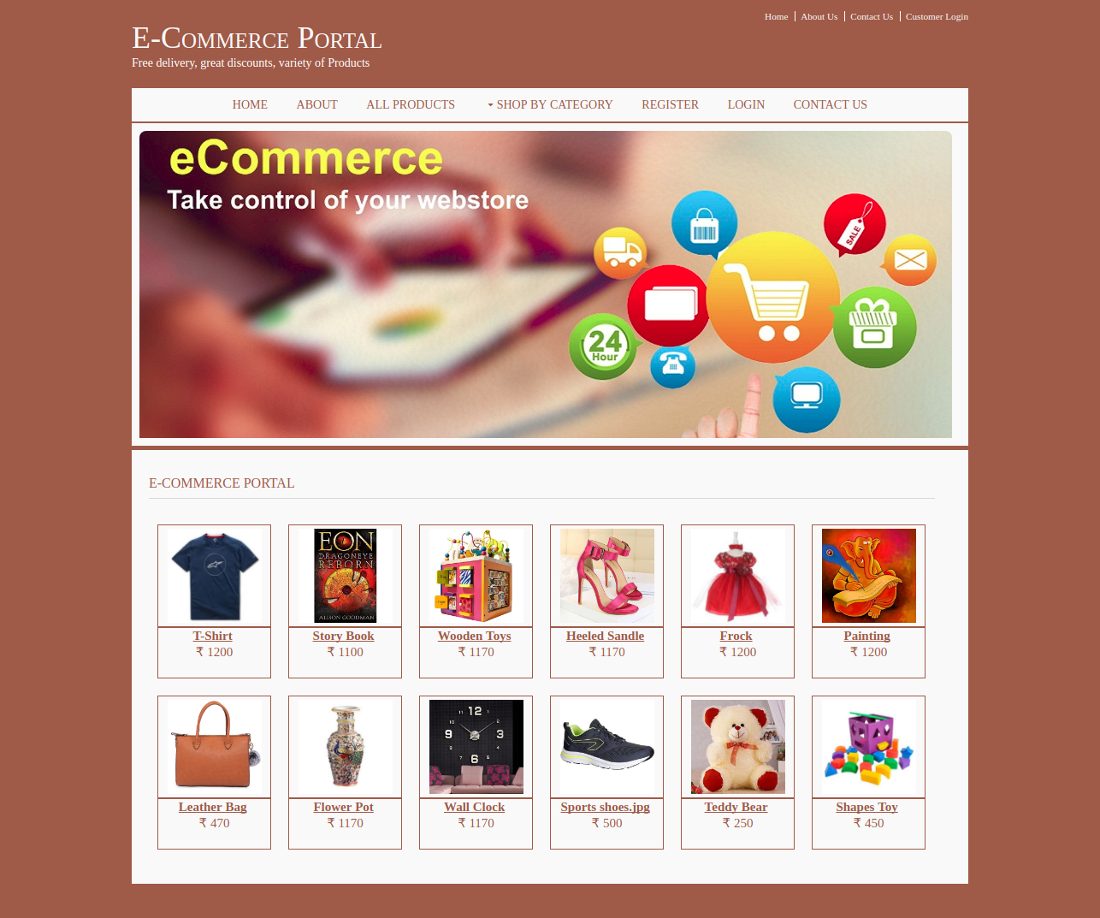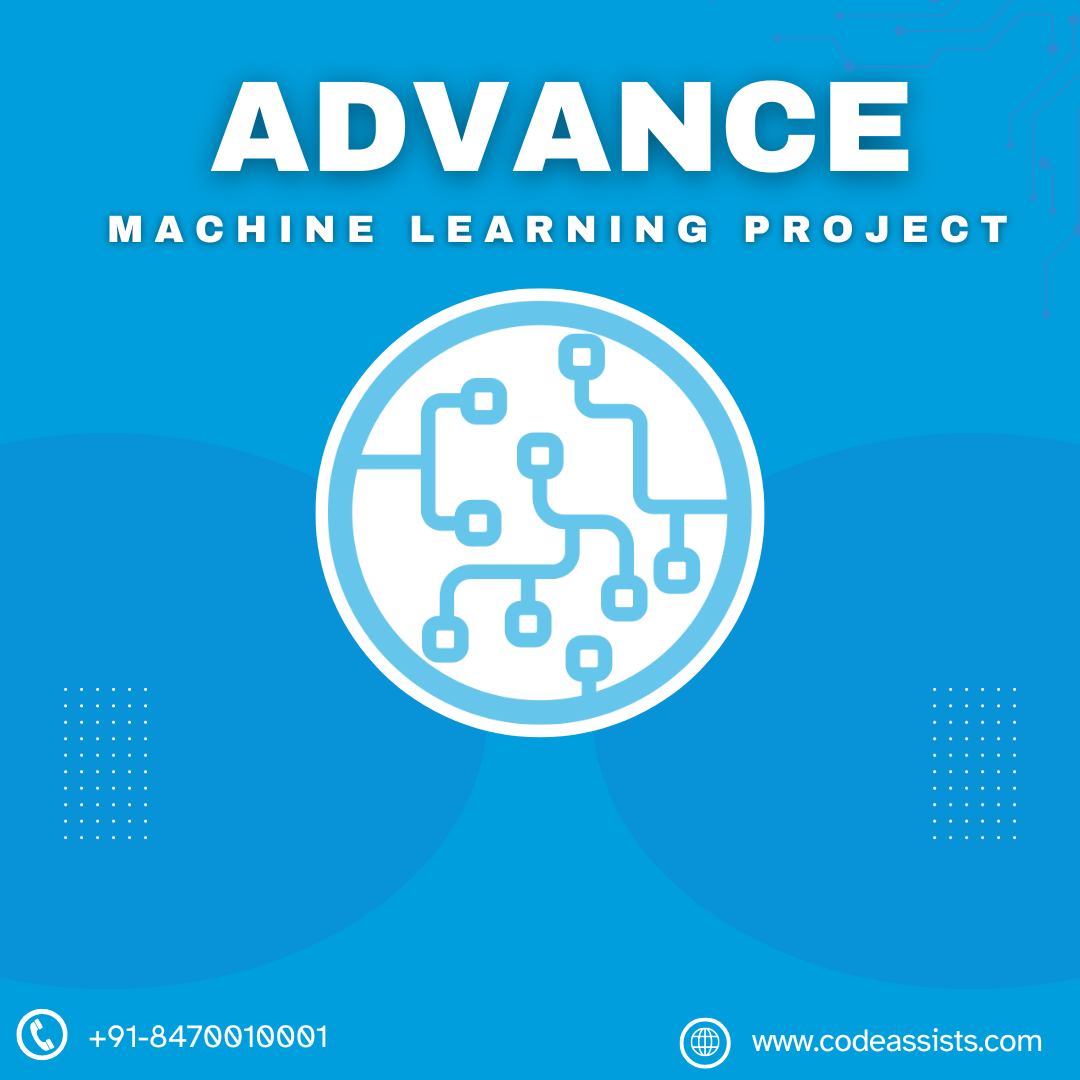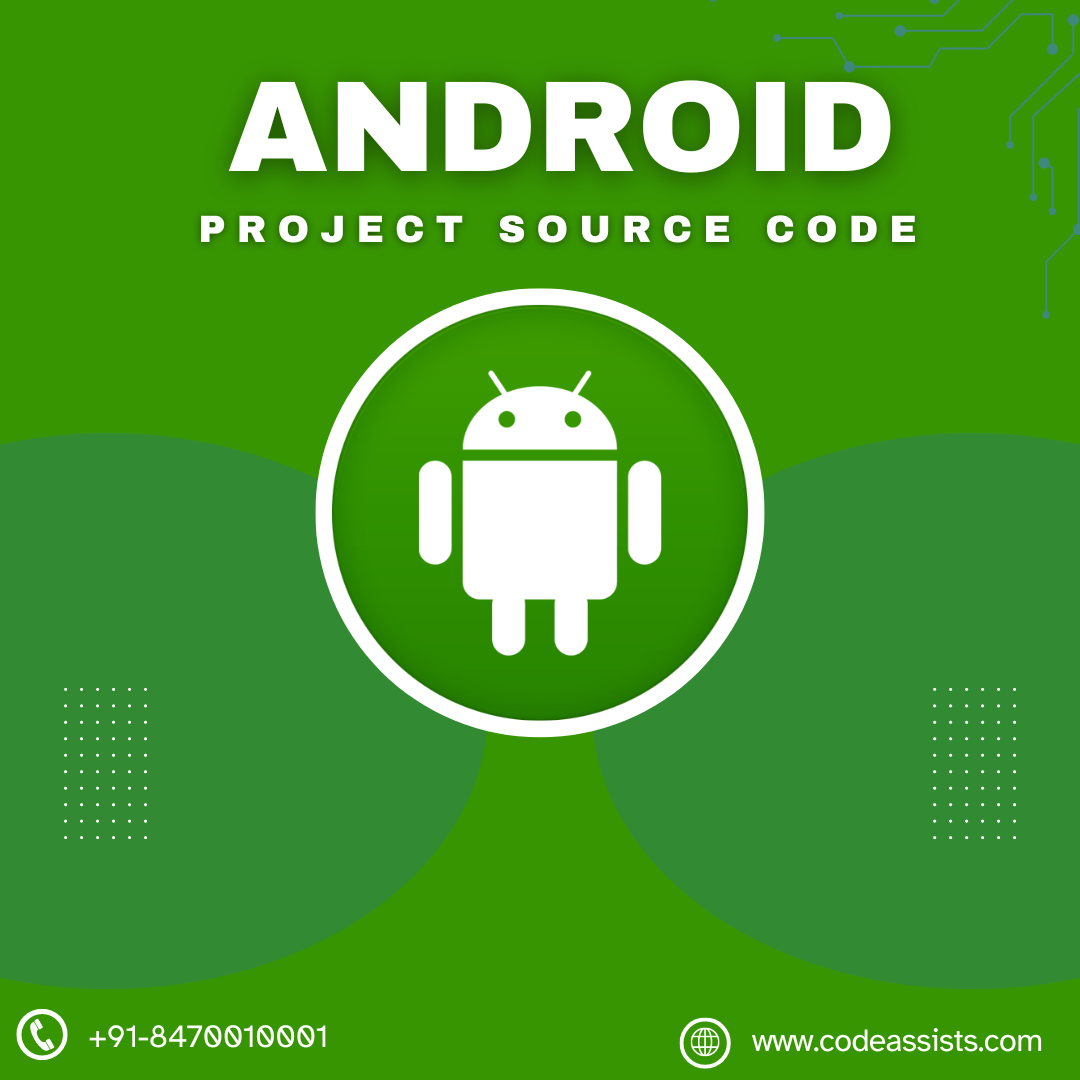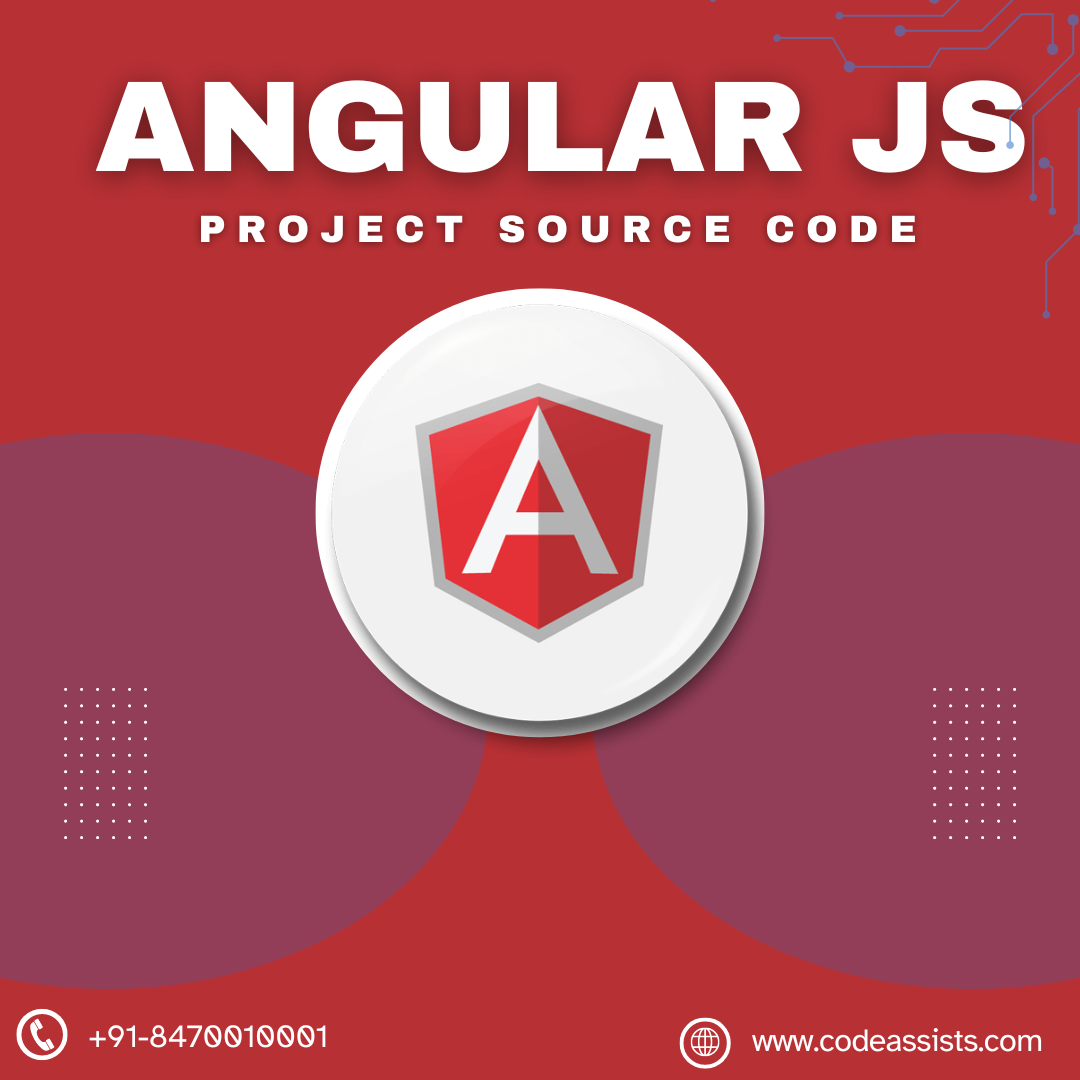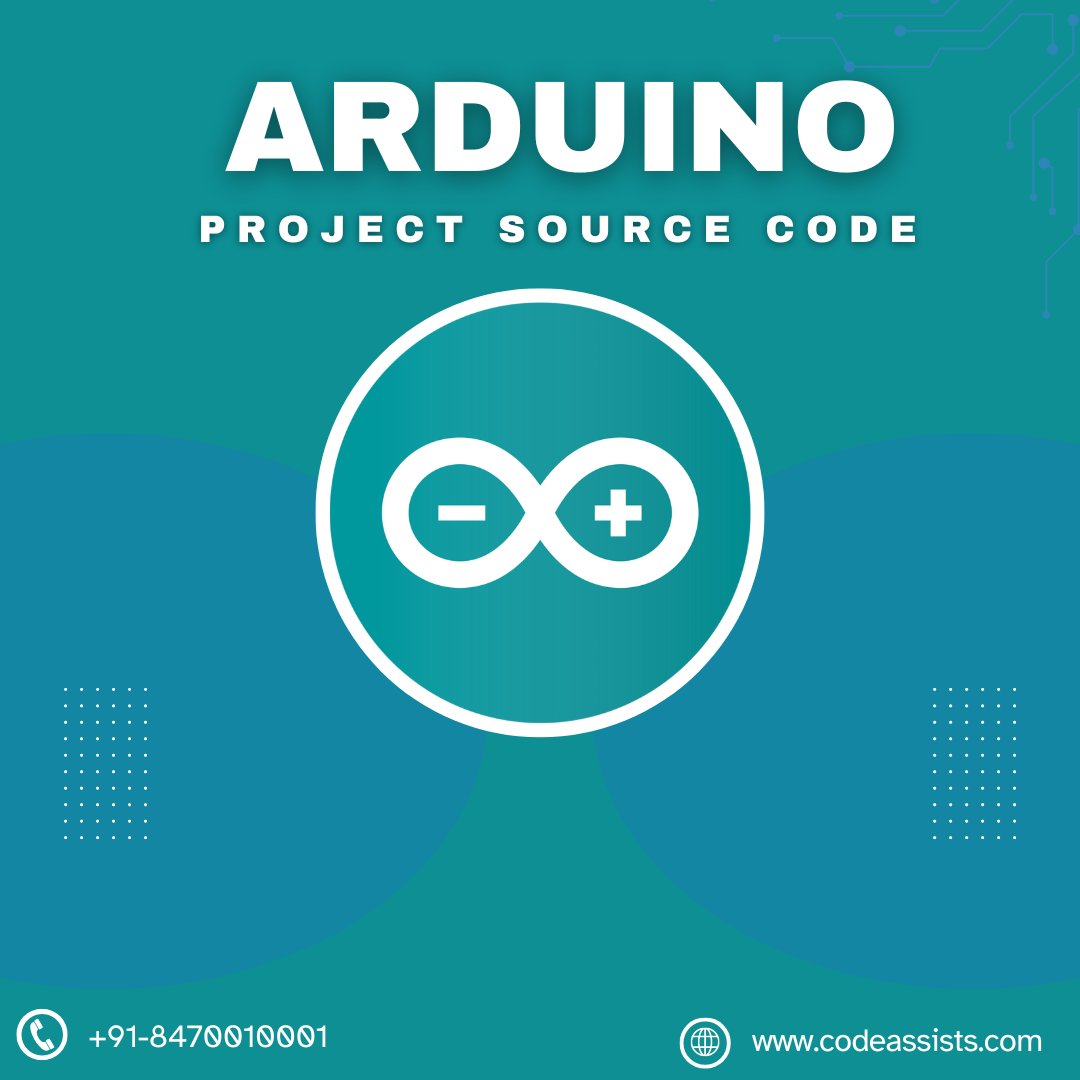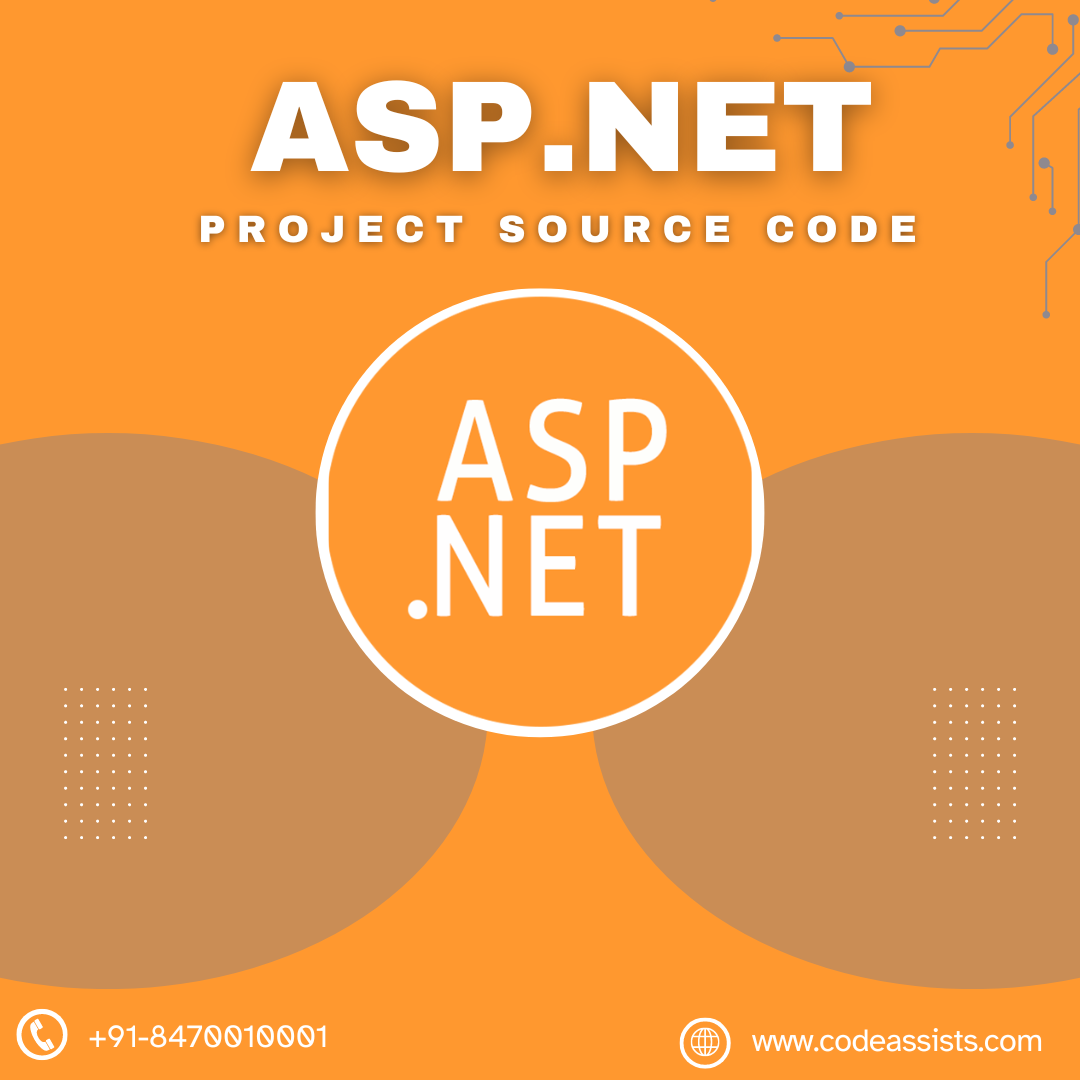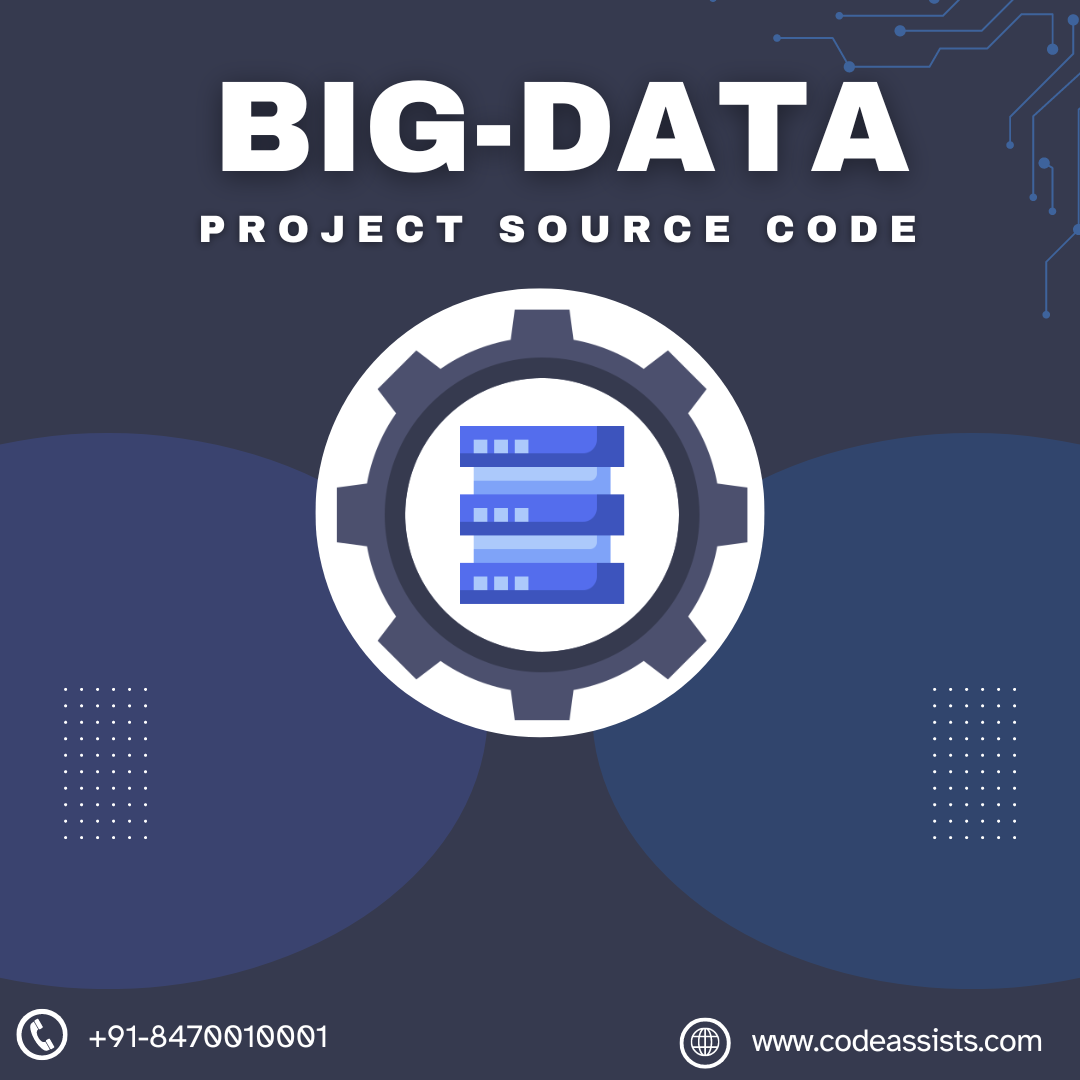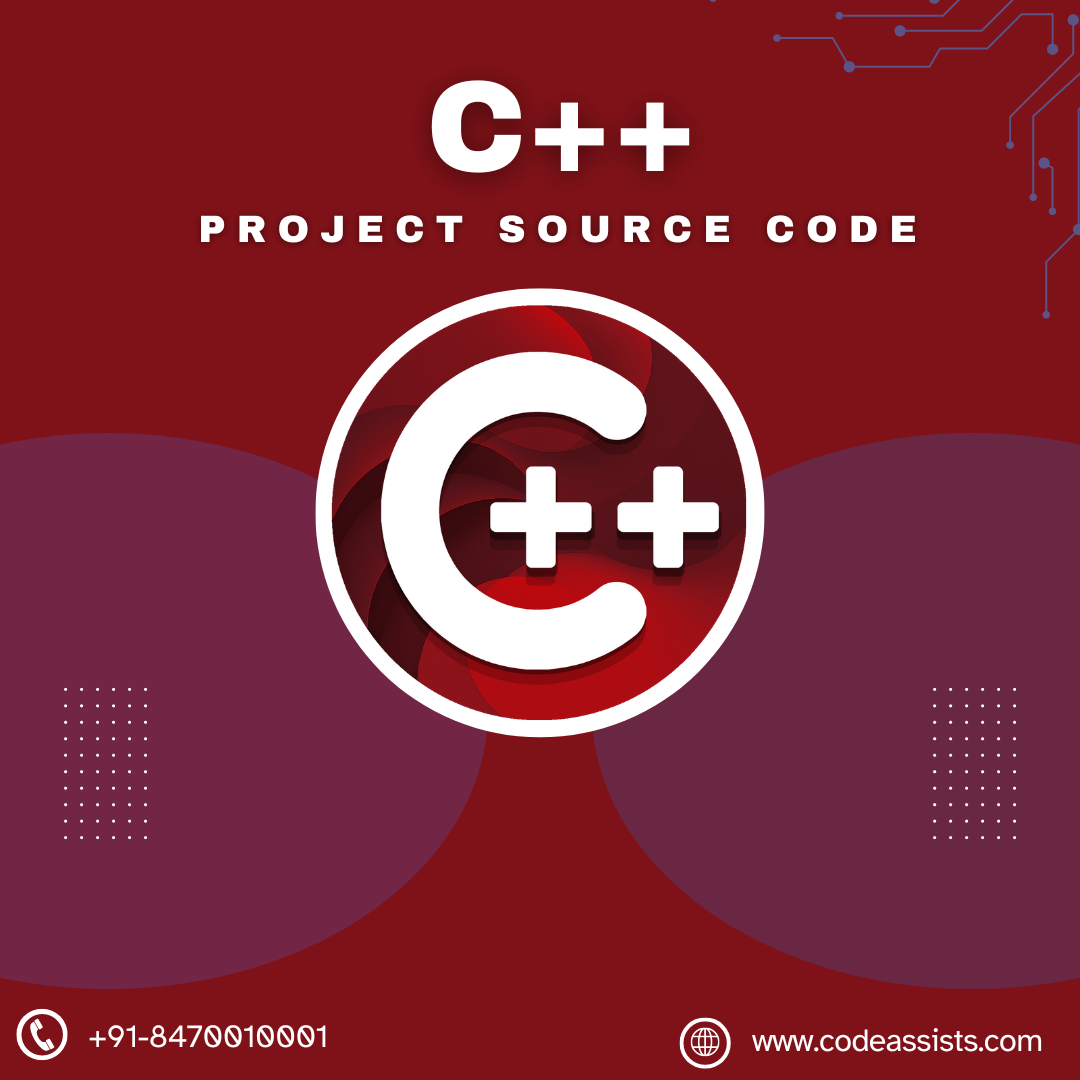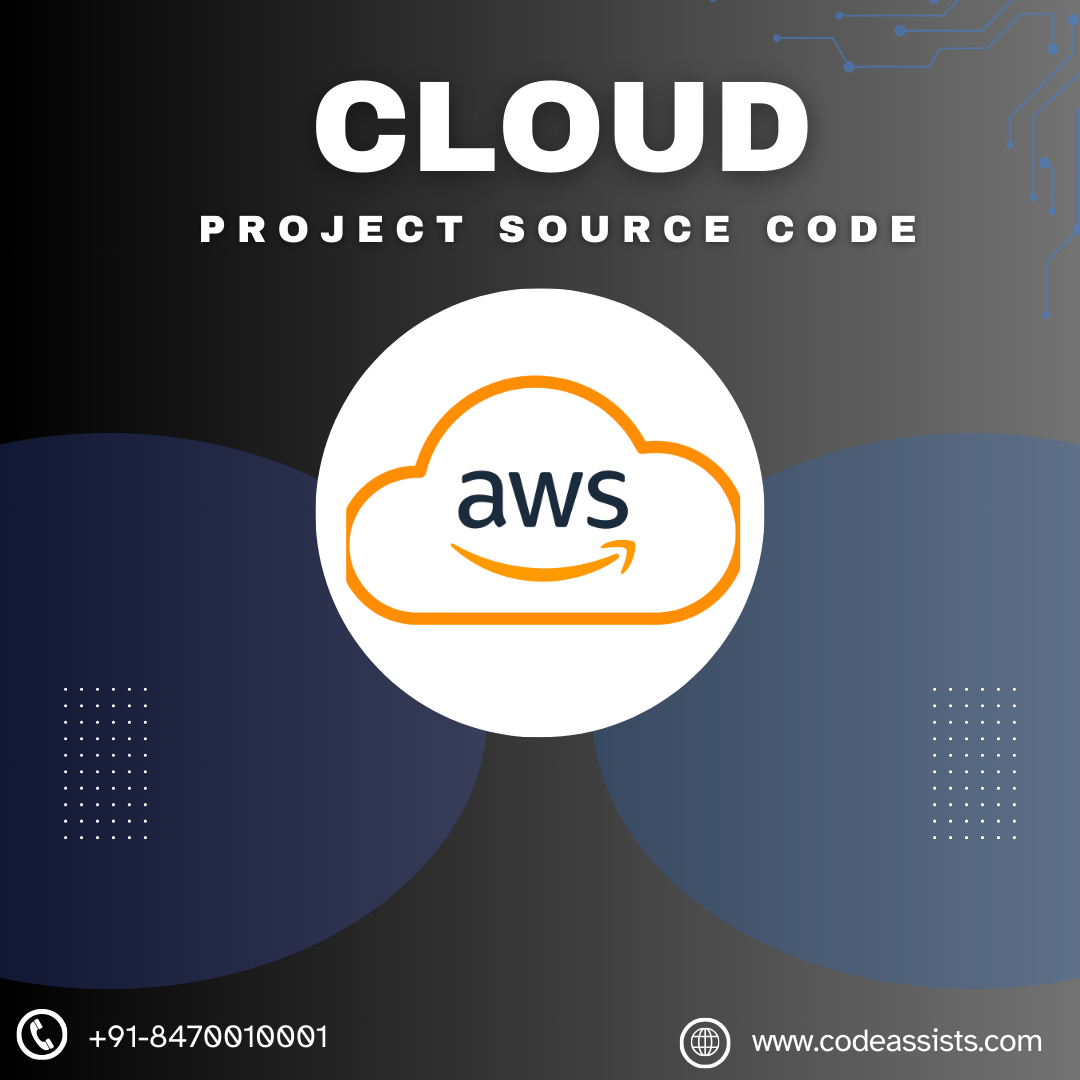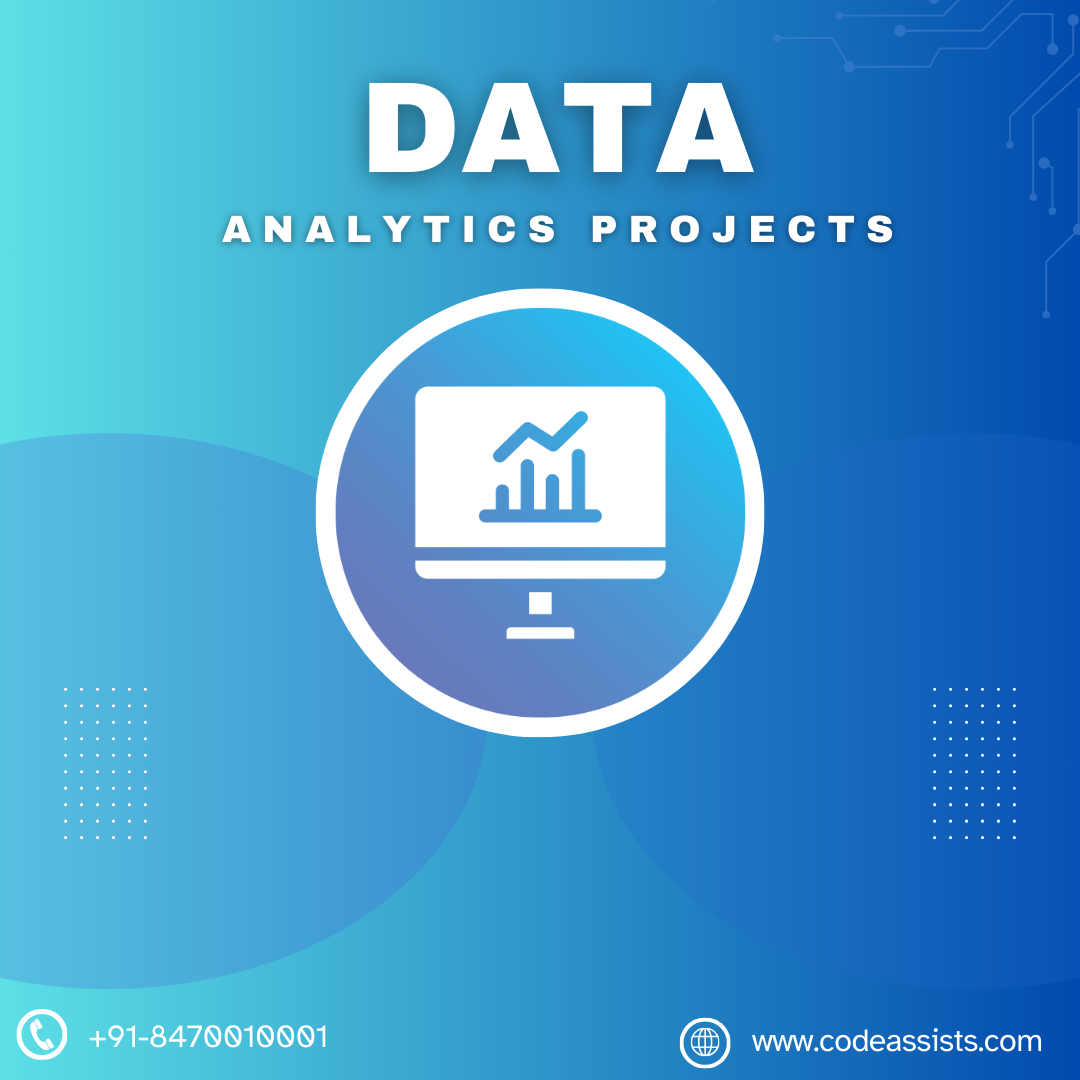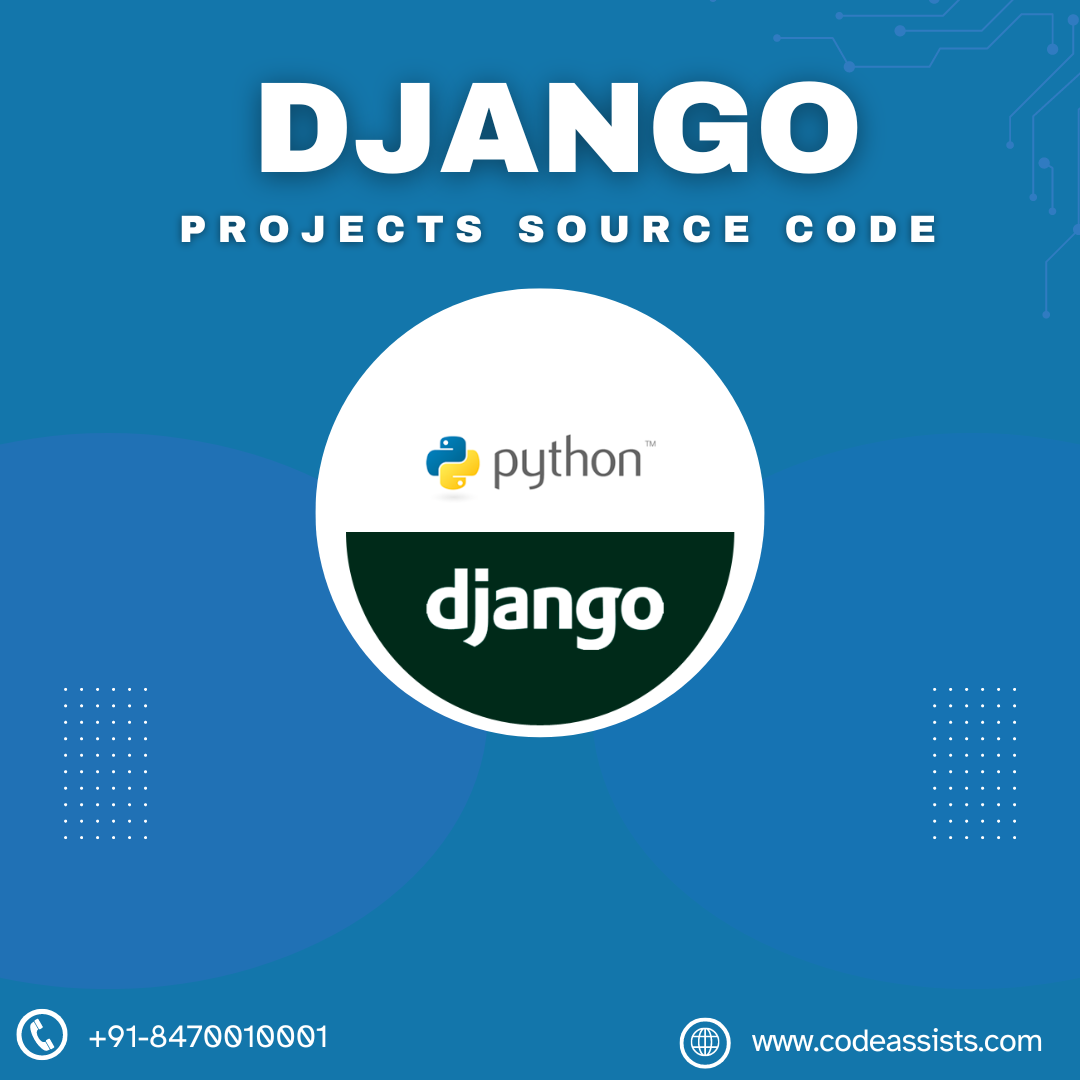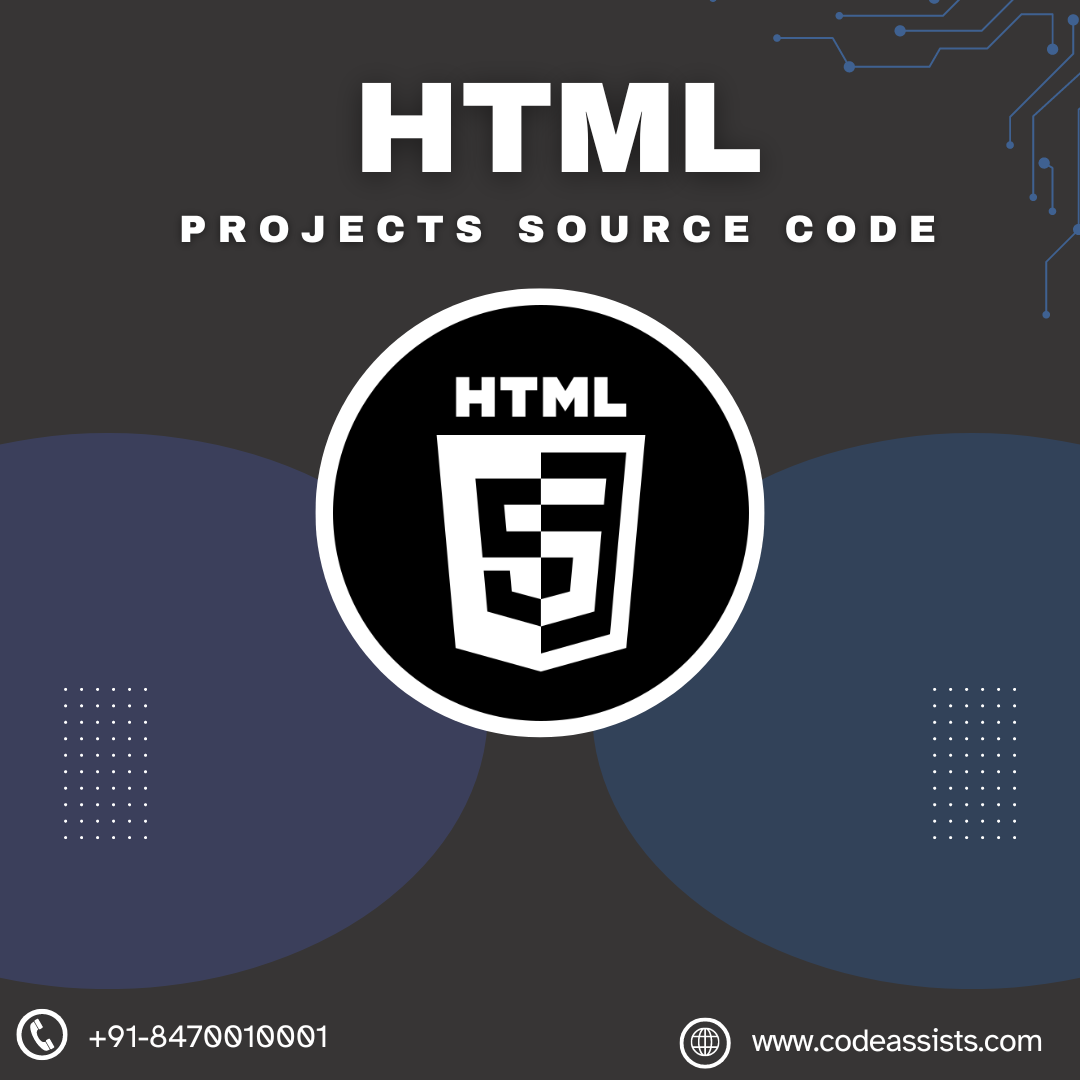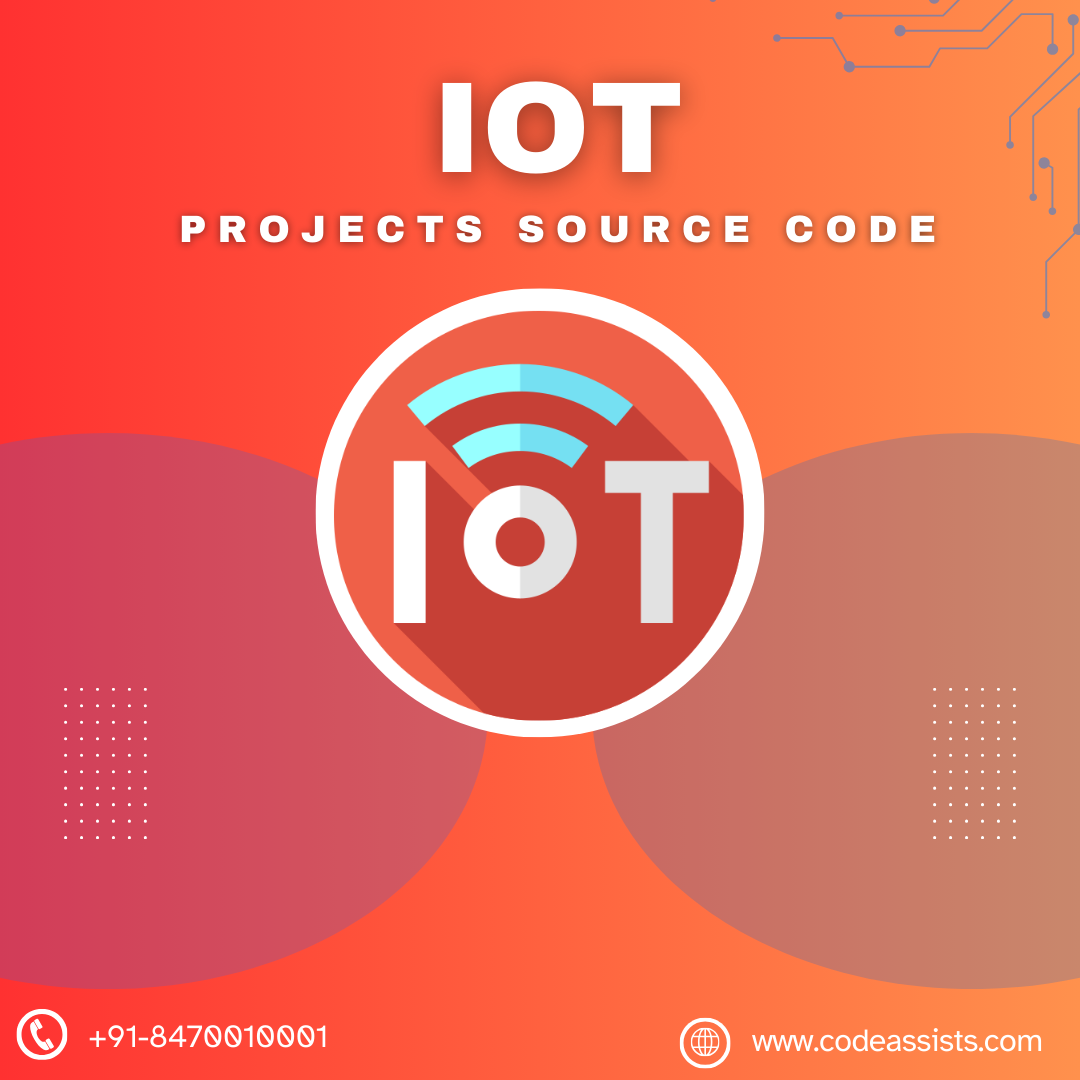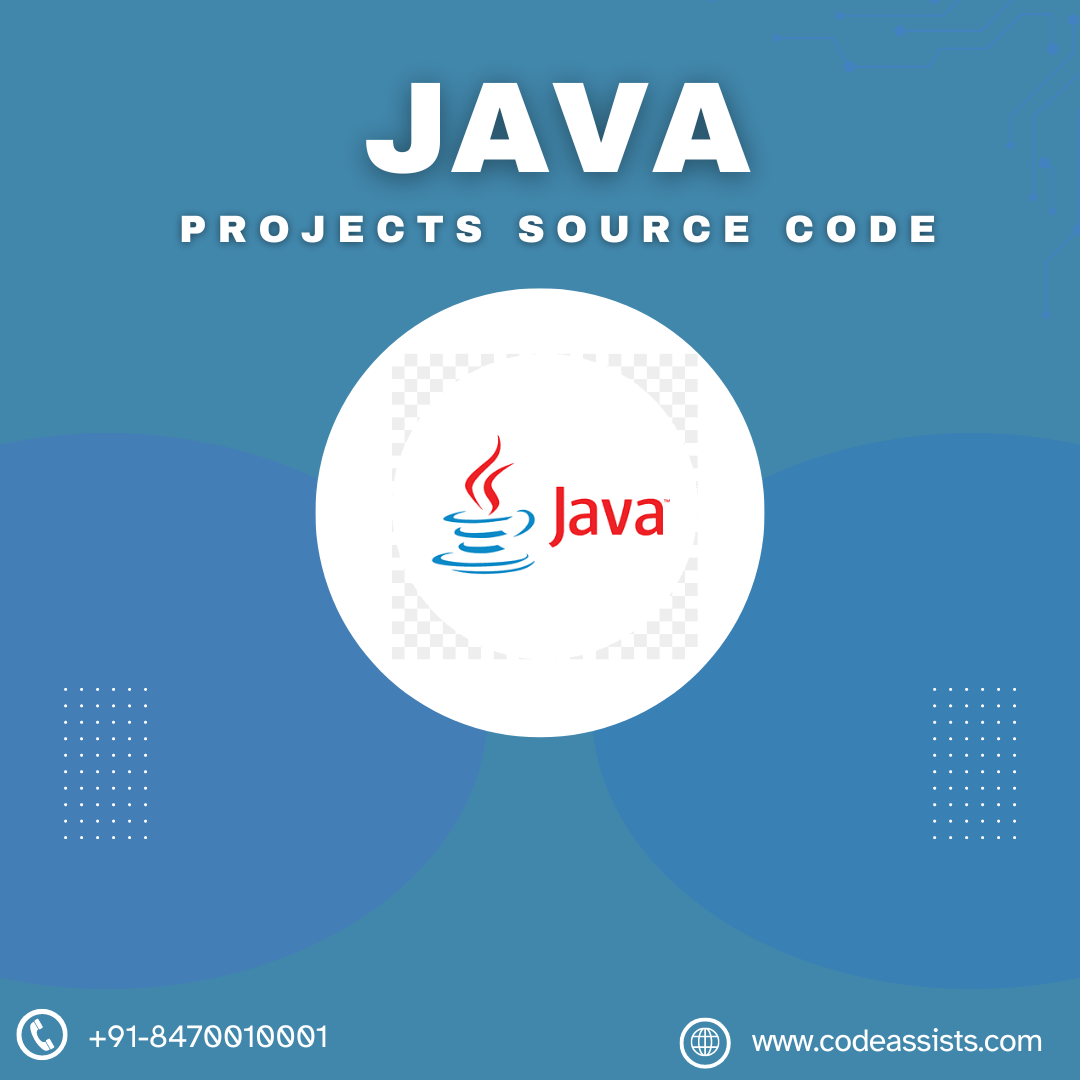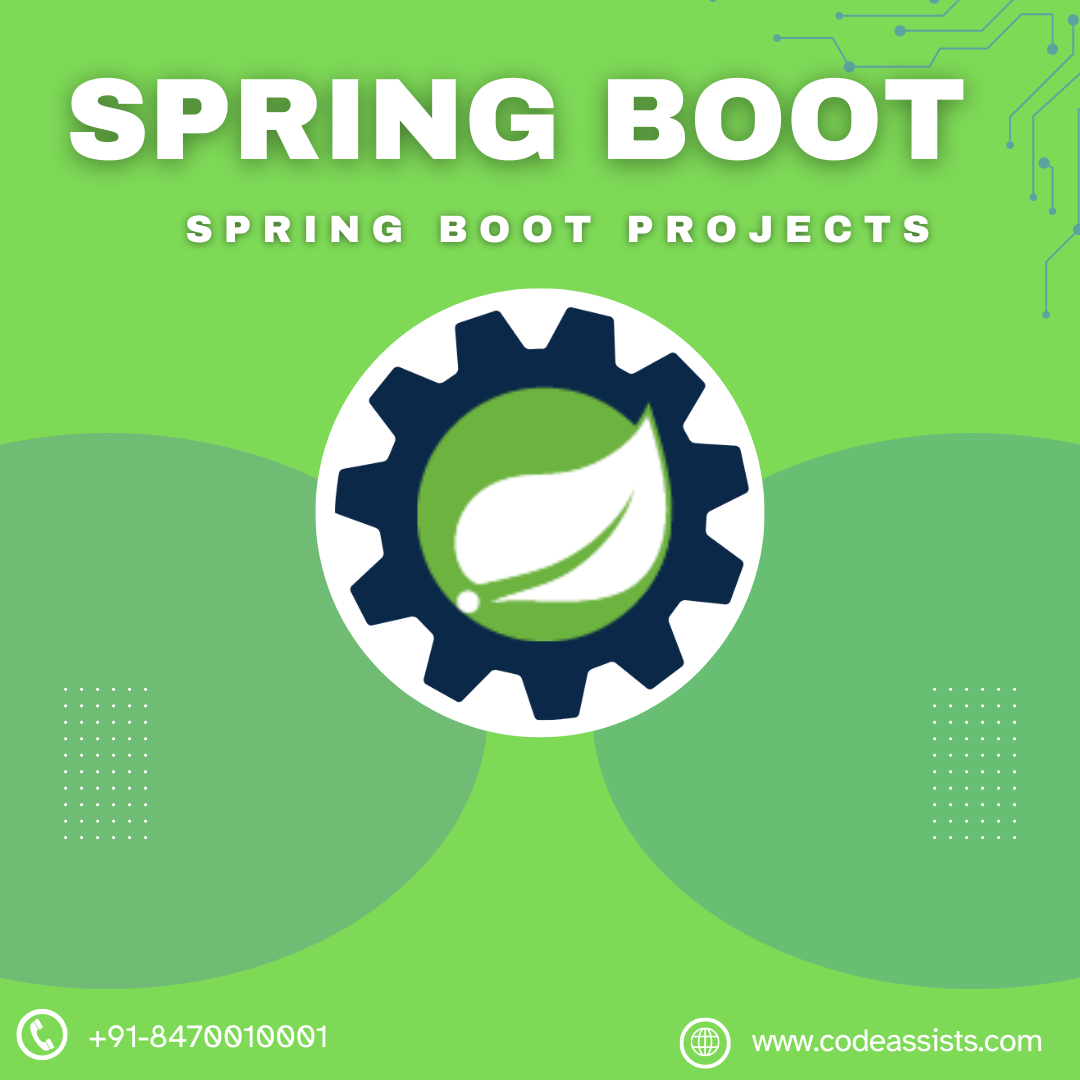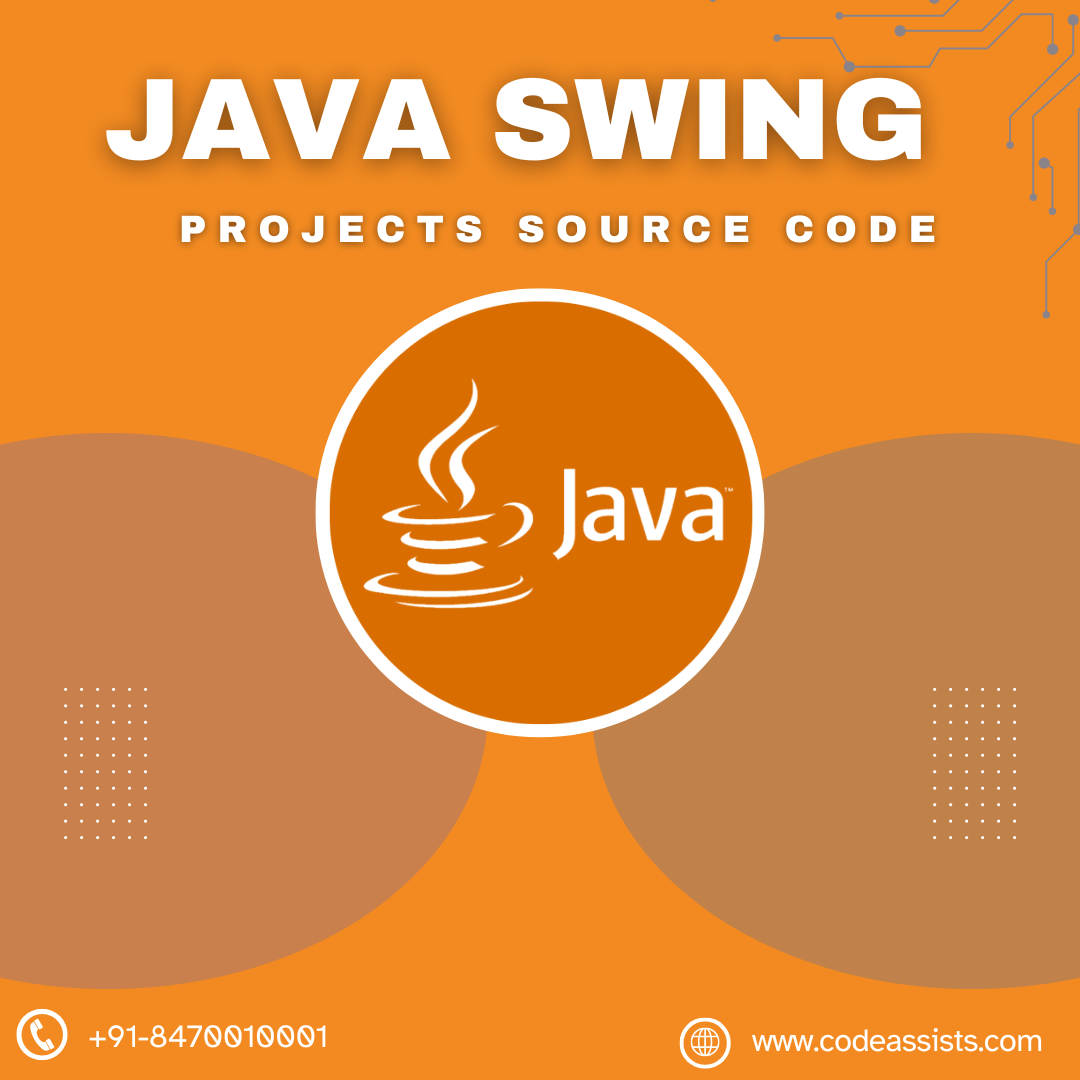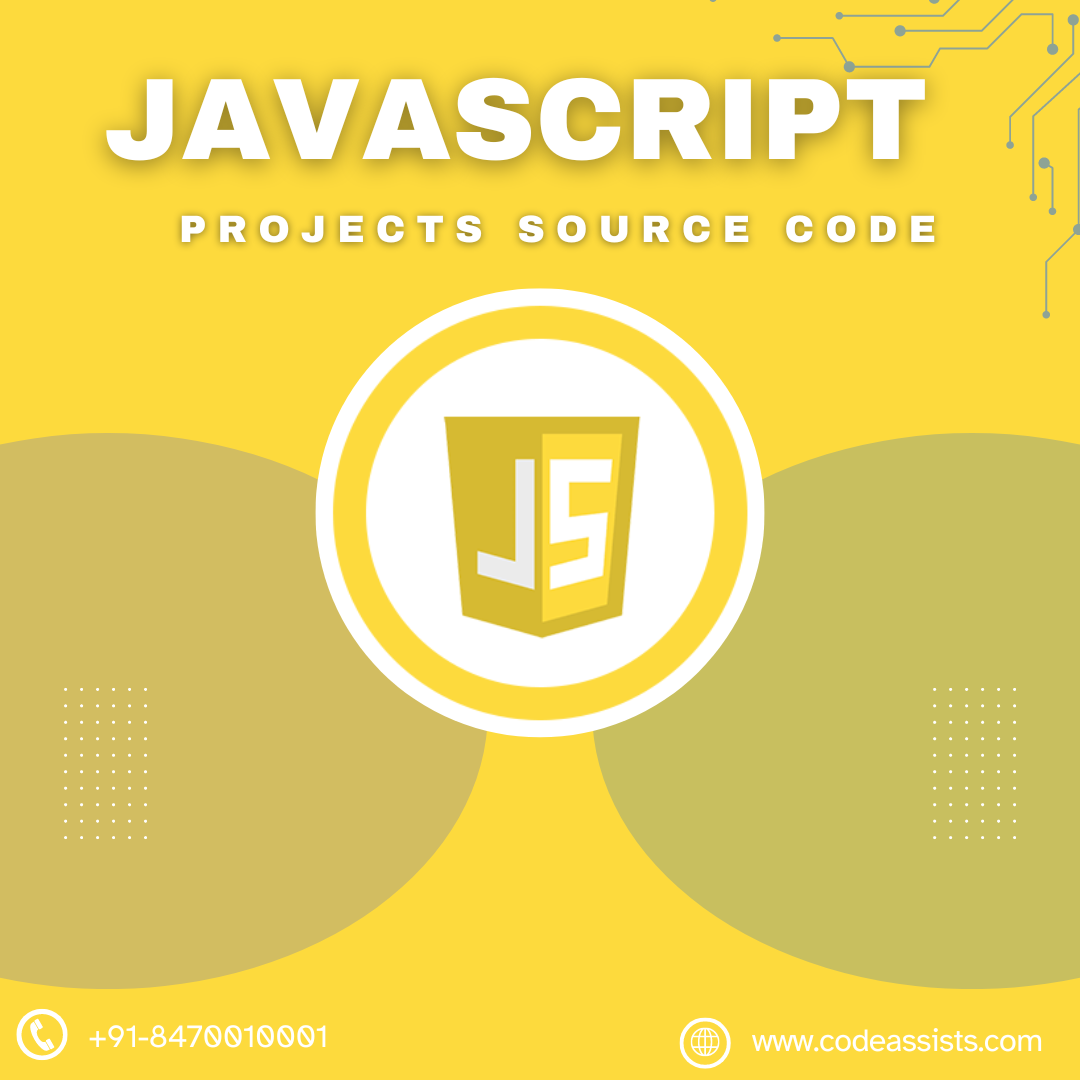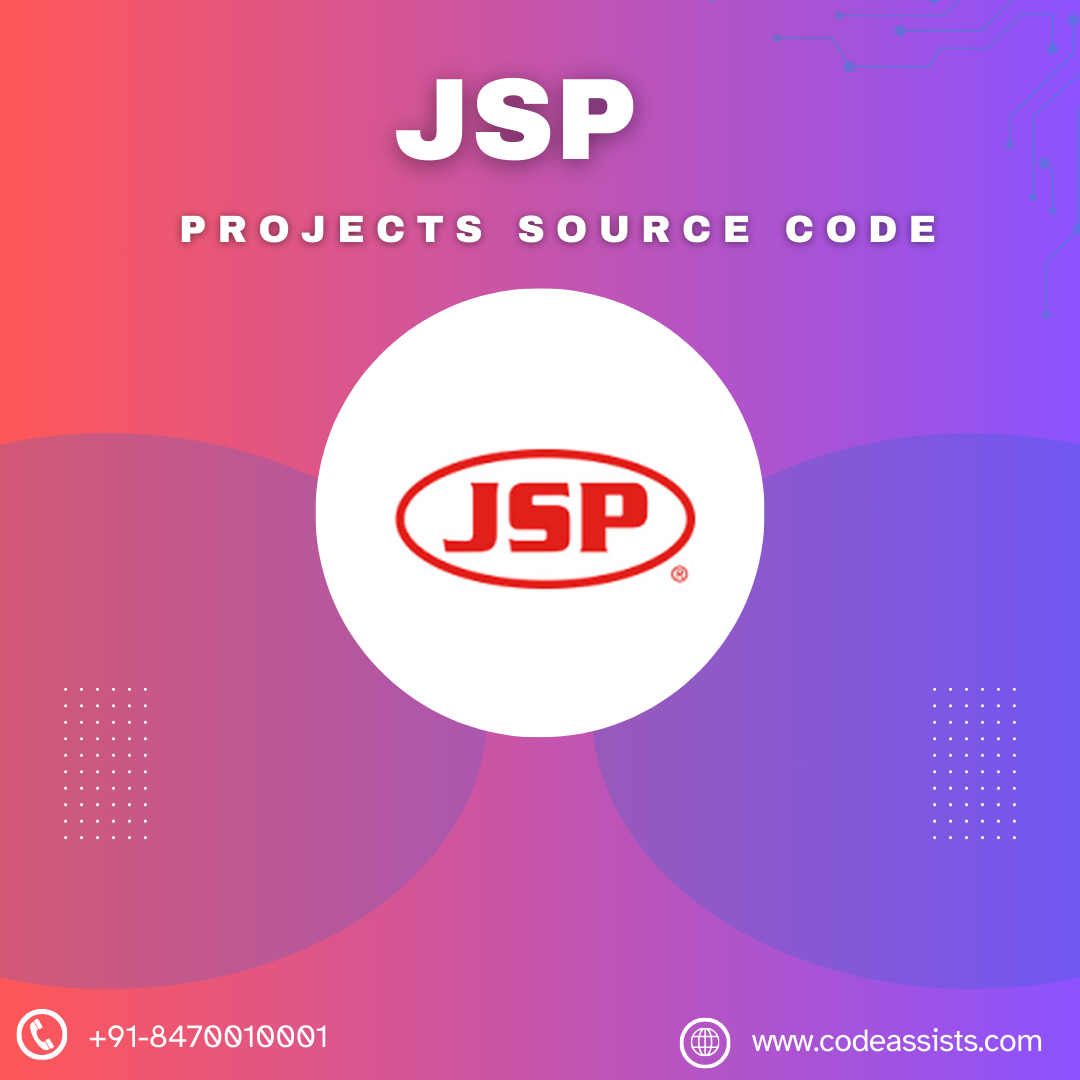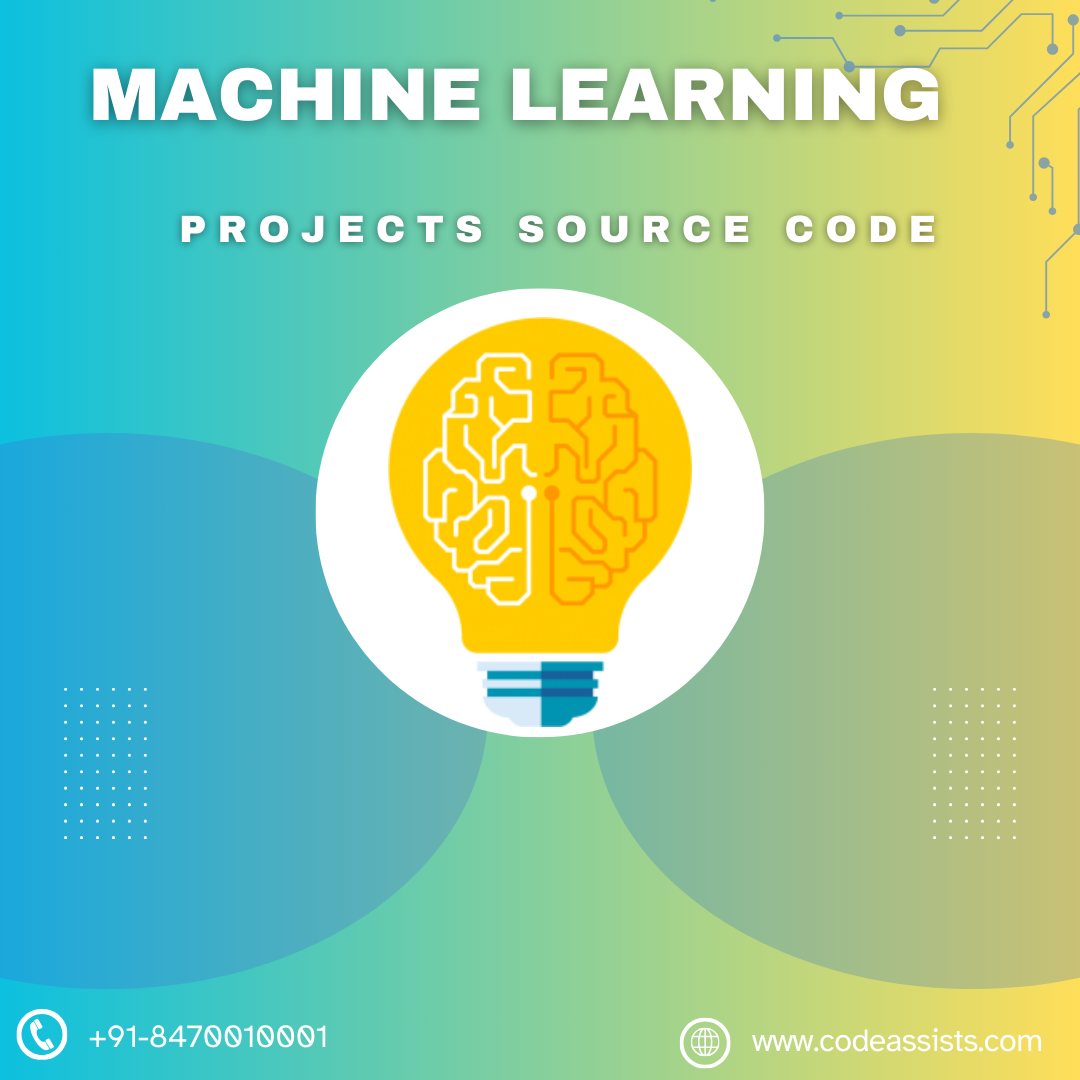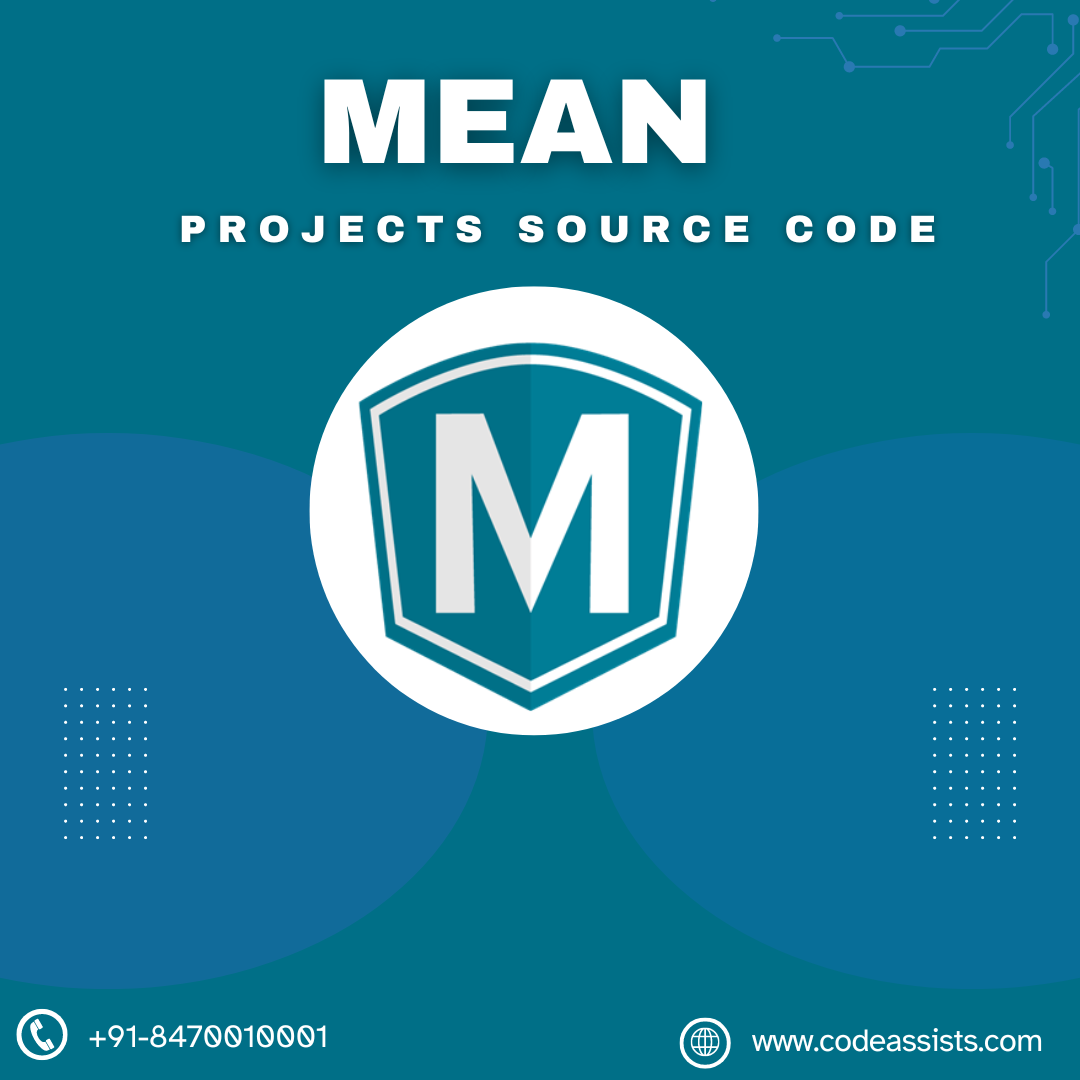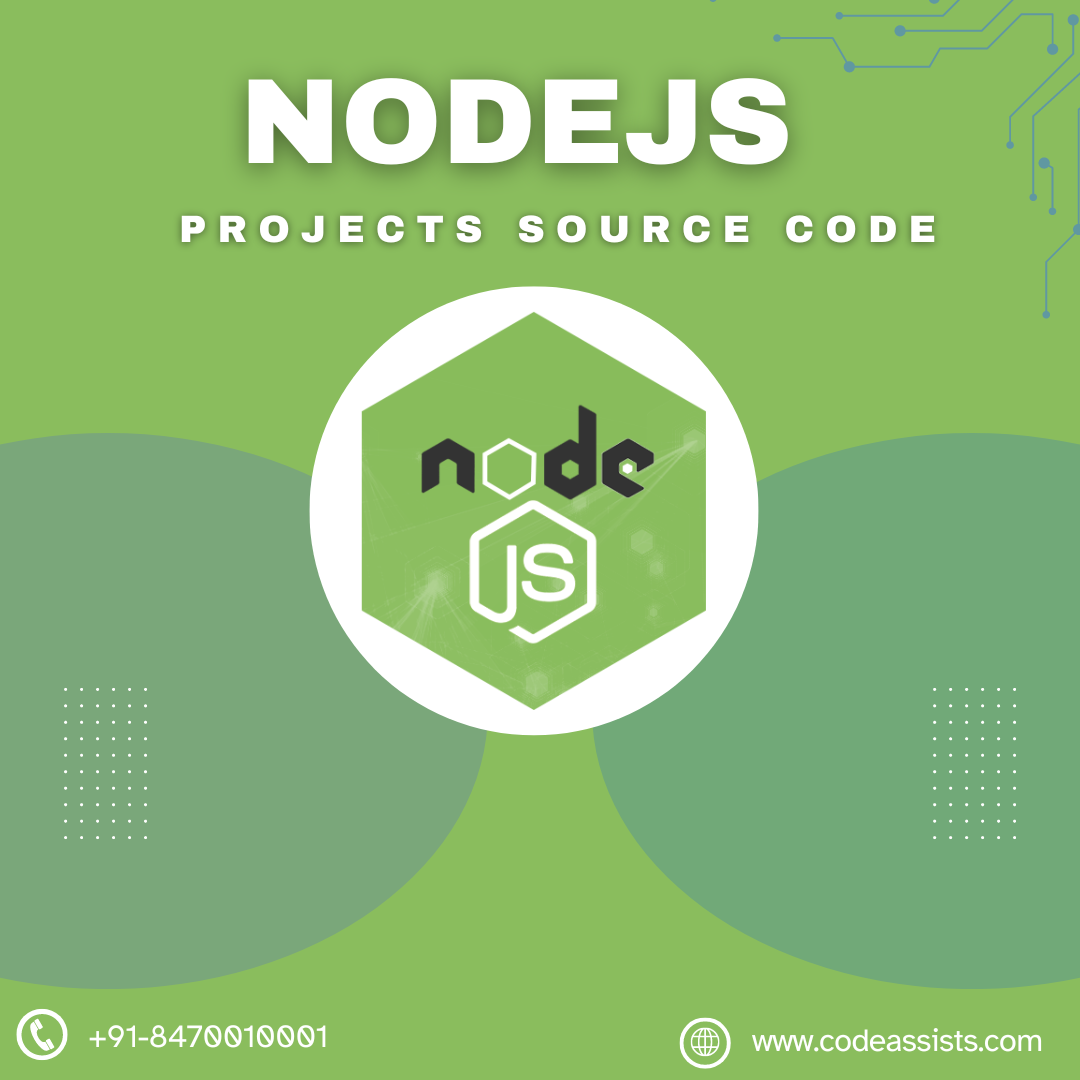Description
Development of E-Commerce Portal using Java, JSP, and MySQL
Our team has created an E-Commerce Portal project using Java, JSP, and MySQL, which is hosted on the Tomcat Server. This project serves as a valuable resource for students looking to enhance their skills in Java software development. The E-Commerce Portal is a significant project developed on Java and SQL Server, aimed at enabling both formal and informal merchants in developing countries to showcase and sell their products online. This platform allows rural communities to expand their market reach globally through the internet. The primary objective of this project is to establish an e-commerce web portal with a content management system that enables secure updating of product information using a mobile device. The web portal features an online interface in the form of an e-commerce website, facilitating users to purchase goods from various merchants.
Modules and Description of E-Commerce Portal Project:
Vendor Module :
The Vendor Module is a crucial component of the E-Commerce Portal project developed on Java, JSP, and MySQL. This module tracks and manages all vendor-related information. It includes CRUD operations for vendors, allowing the admin to add, view, edit, and delete vendor records. Access restrictions are implemented to ensure that vendors can only access and modify their own data.
Features of Vendor Module:
- Admin can add new vendor records
- Admin can view the list of vendor details
- Admin can edit and update vendor records
- Admin can delete vendor records
- Client-side validation for all vendor forms using JavaScript
- Vendors can view and update their own details
Product Module :
The Product Module is designed to manage product data within the system. Admin has the authority to add, edit, and delete products, while vendors can view the product listings.
Features of Product Module:
- Admin can manage products
- Admin can edit/delete products
- Admin can view the list of all products
- Vendors can view products
Order Module :
The Order Module is responsible for managing orders within the system. Admin can handle order management, while customers can view their orders.
Features of Order Module:
- Admin can manage orders
- Admin can edit/delete orders
- Admin can view the list of all orders
- Vendors can view orders
Order Update Module :
The Order Update Module facilitates the management of order updates within the system. Admin can manage order updates, while customers can track the status of their orders.
Features of Order Update Module:
- Admin can manage order updates
- Admin can edit/delete order updates
- Admin can view the list of all order updates
- Vendors can view order updates
Stock Module :
The Stock Module is designed to manage stock information within the system. Admin can handle stock management, while vendors can view their stock details.
Features of Stock Module:
- Admin can manage stock
- Admin can edit/delete stock
- Admin can view the list of all stock
- Vendors can view their stock details
Functionality performed by Admin user:
The following functionalities are available for admin users:
- Login For Admin
- Forgot password for Admin
- Edit Profile For Admin
- Change Password For Admin
- Logout Functionality
- Dashboard for Admin User
- Manage Vendor
- Adding New Vendor
- Edit the Existing Vendor
- View details of the Vendor
- Listing of all Vendors
- Manage System User
- Adding New System User
- Edit the Existing System User
- View details of the System User
- Listing of all System Users
- Manage Product
- Adding New Product
- Edit the Existing Product
- View details of the Product
- Listing of all Products
- Manage Order
- Adding New Order
- Edit the Existing Order
- View details of the Order
- Listing of all Orders
- Manage Order Update
- Adding New Order Update
- Edit the Existing Order Update
- View details of the Order Update
- Listing of all Order Updates
- Manage Stock
- Adding New Stock
- Edit the Existing Stock
- View details of the Stock
- Listing of all Stock
- Reports of the project E-Commerce Portal System
- Report of all Vendors
- Report of all System Users
- Report of all Products
- Report of all Orders
- Report of all Order Updates
- Report of all Stocks
Functionality performed by Customer user:
- Customer Registration : Customers can register on the website using the registration module.
- Customer Login : Customers can log in to the system using their credentials.
- Product Listing : Customers can view the list of available products.
- Product Details : Customers can access detailed information about specific products.
- Customer Payment : Customers can make payments for their orders.
- Customer Order : Customers can place orders for products.
- Customer Order Item: Customers can add items to their orders.
- Change Password : Customers can change their account password.
Functionality performed by Vendor user:
- Vendor Registration : Vendors can register on the website using the registration module.
- Vendor Login : Vendors can log in to the system using their credentials.
- Vendor Add Product : Vendors can add new products to the system.
- Vendor Order Details: Vendors can view details of orders placed for their products.
- Change Password : Vendors can change their account password.
Static Pages and other sections :
The following static pages are available in the E-Commerce Portal project:
- Home Page with an attractive UI design
- Animated slider for banner images on the Home Page
- About Us page providing information about the project
- Contact Us page for user inquiries
Technology Used in the project E-Commerce Portal
The project was developed using the following technologies:
- HTML : Page layout designed in HTML
- CSS : Styling done using CSS
- JavaScript : Client-side validation and animations implemented using JavaScript
- JSP : Front-end logic written in JSP
- Java : Business logic implemented in Java
- MySQL : Database management using MySQL
- Tomcat : Project hosted on the Tomcat server
Supported Operating System
The project can be configured on the following operating systems:
- Windows : Compatible with Windows OS, requiring Tomcat 7, JDK 7, MySQL 5 for setup
- Linux : Can be run on various Linux distributions
- Mac : Supported on Mac OS



